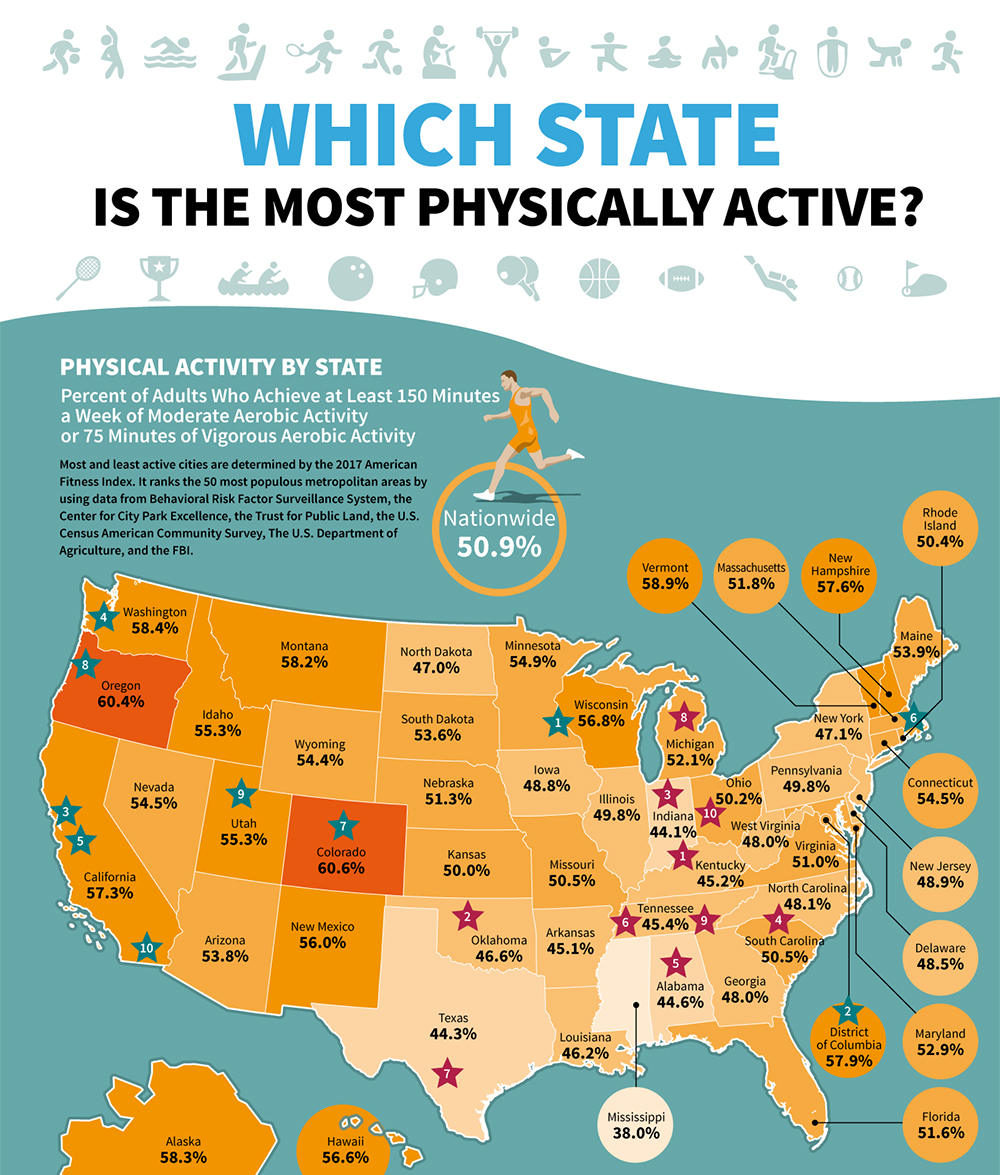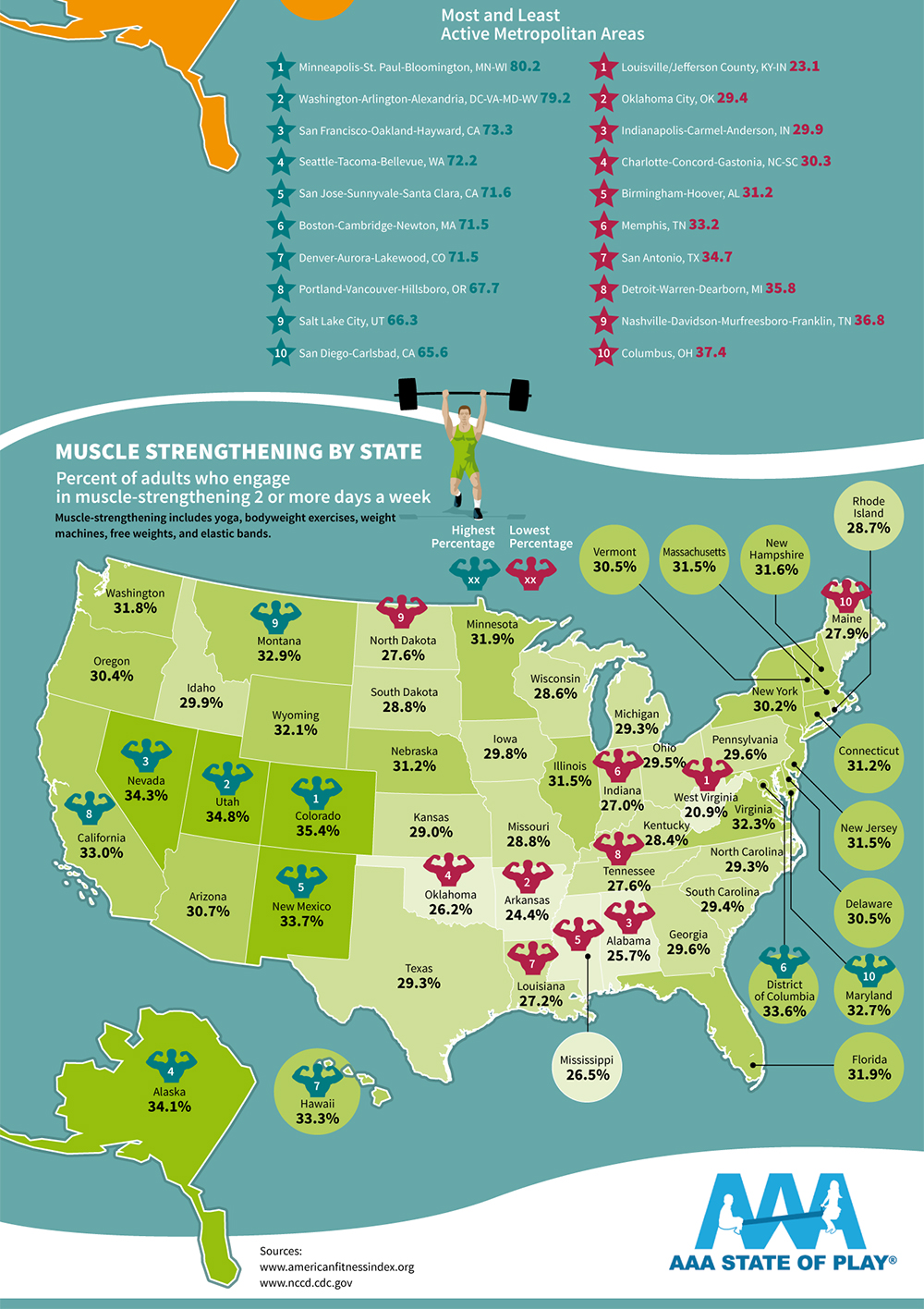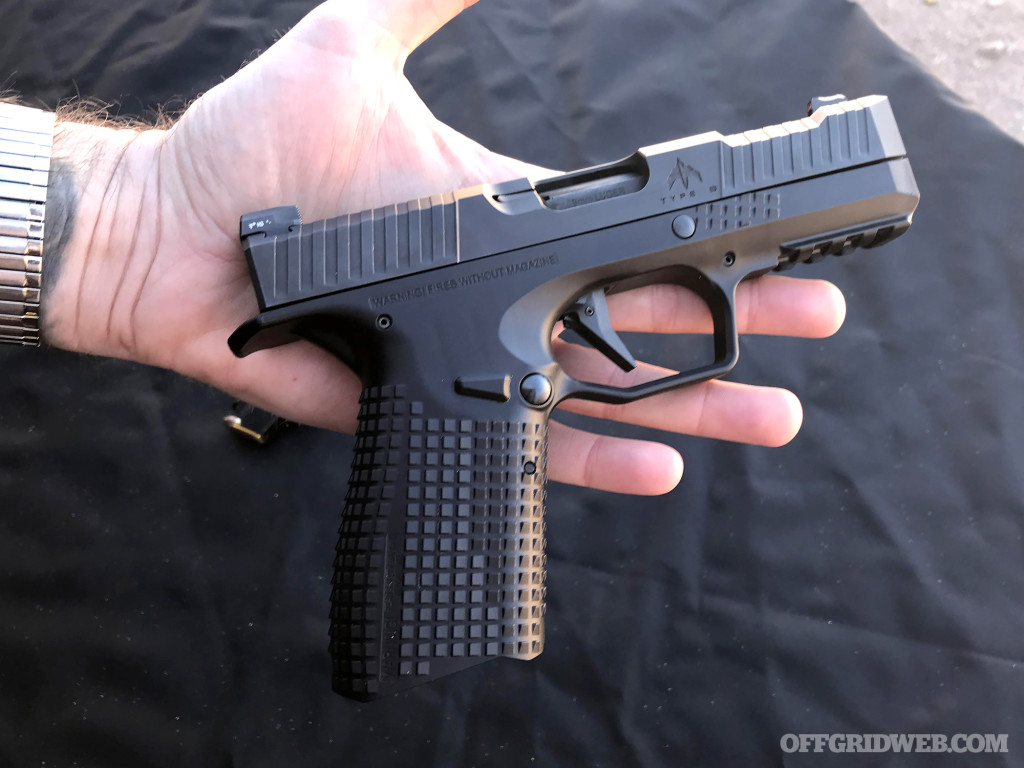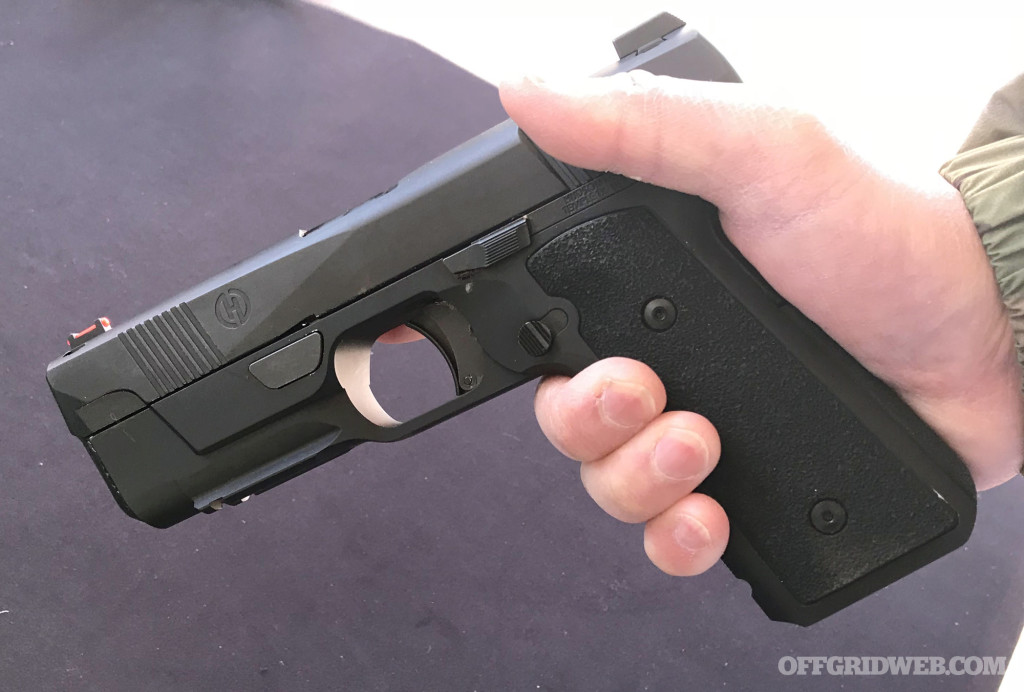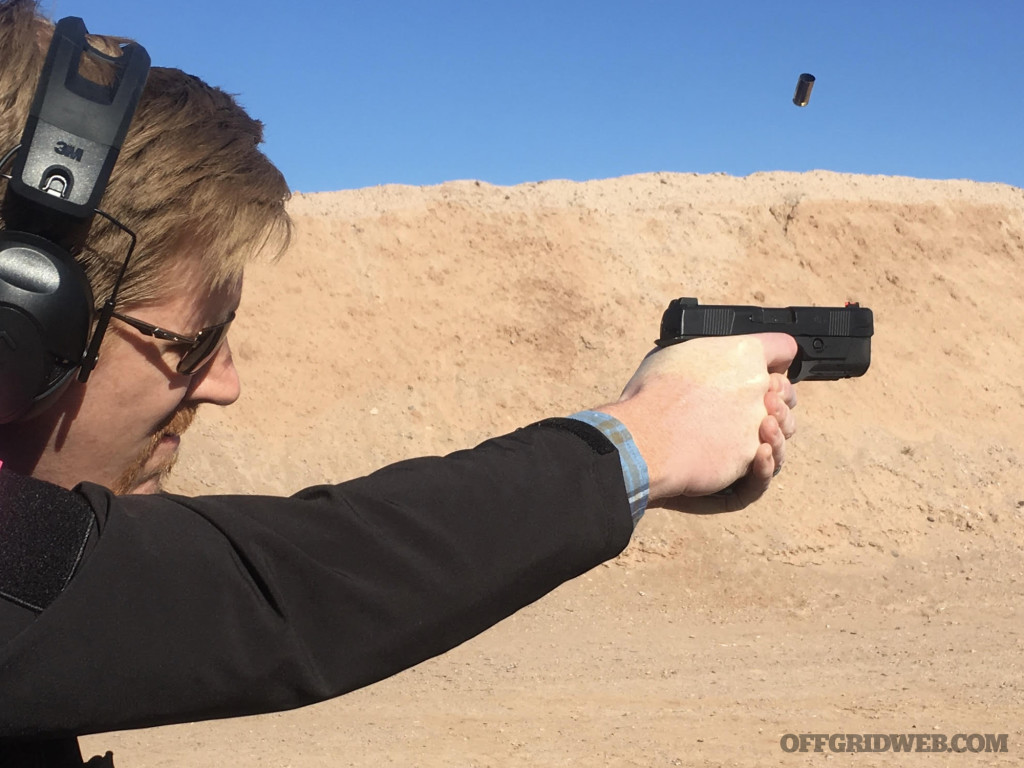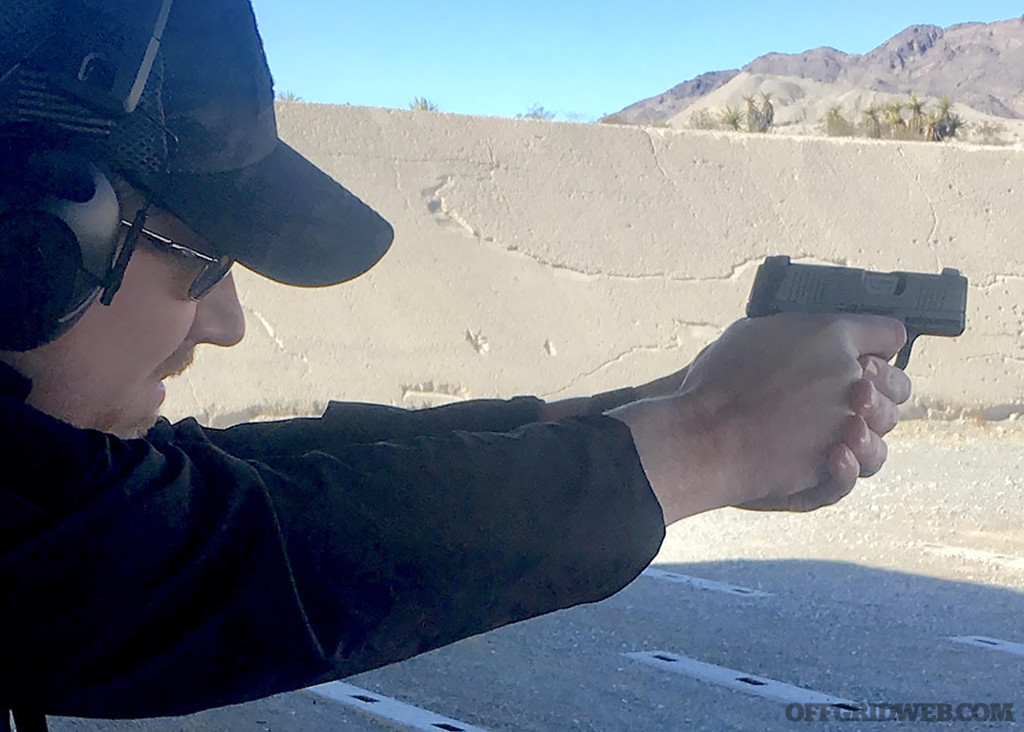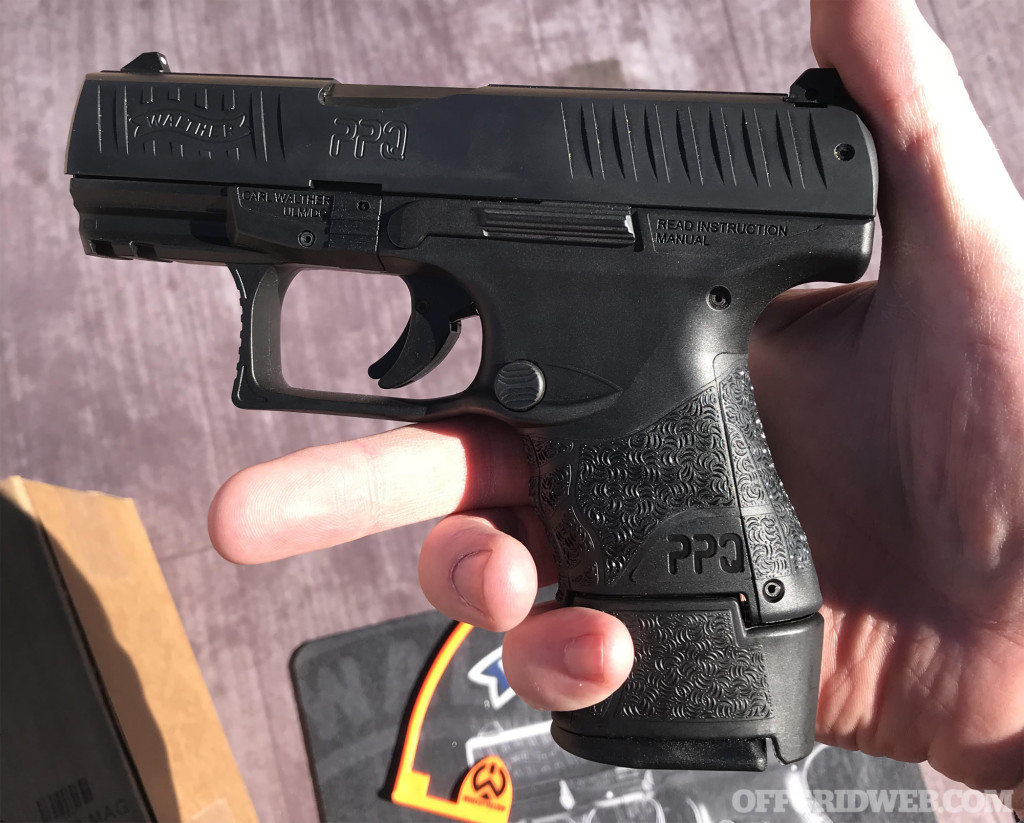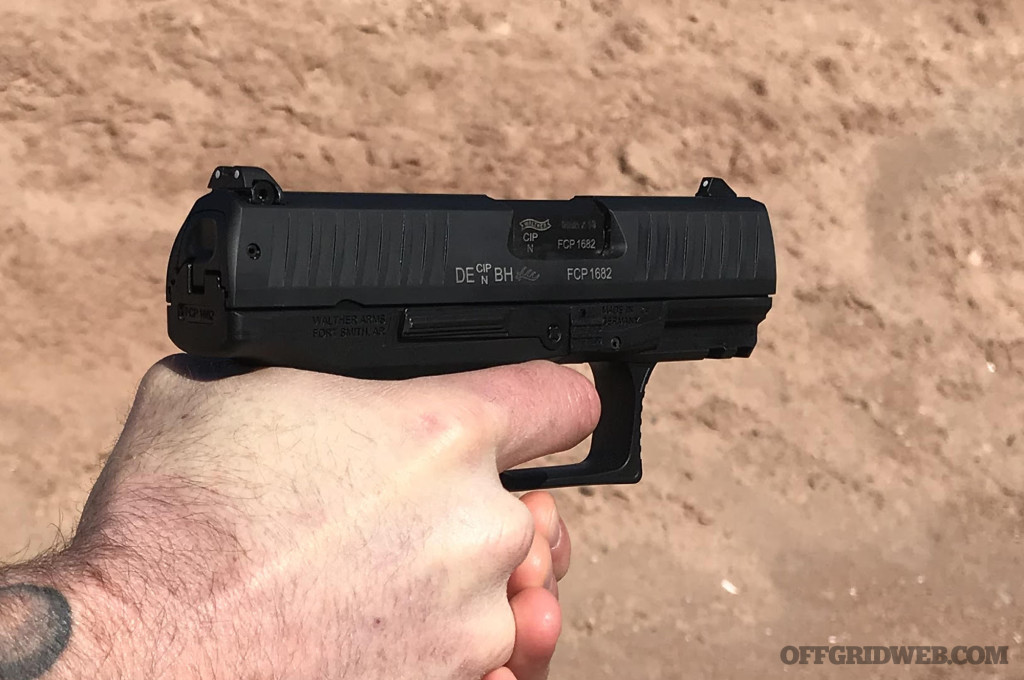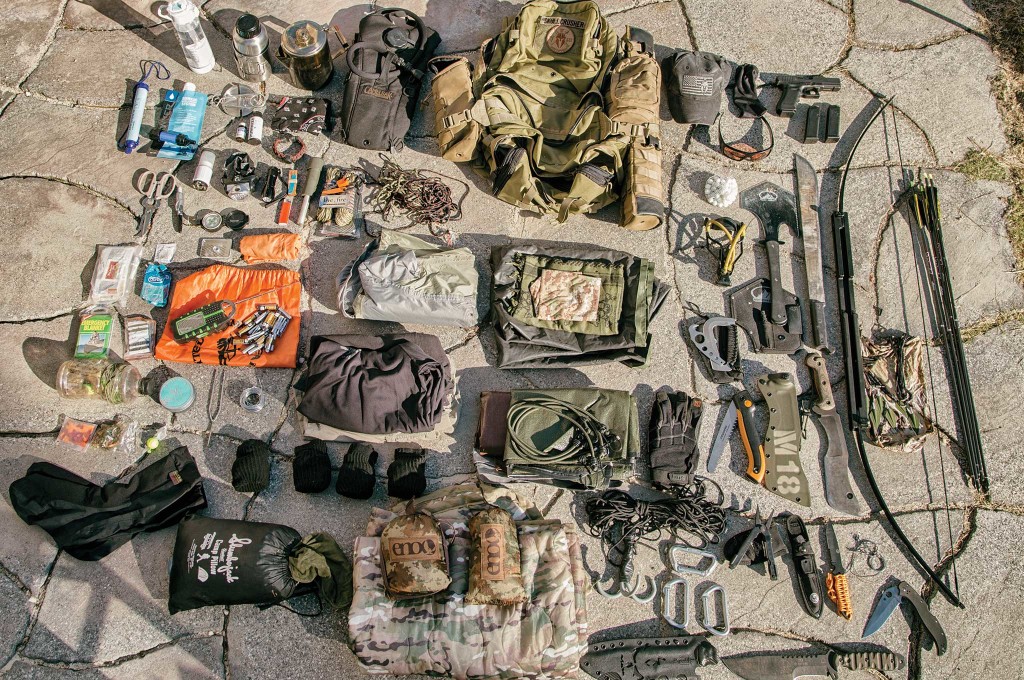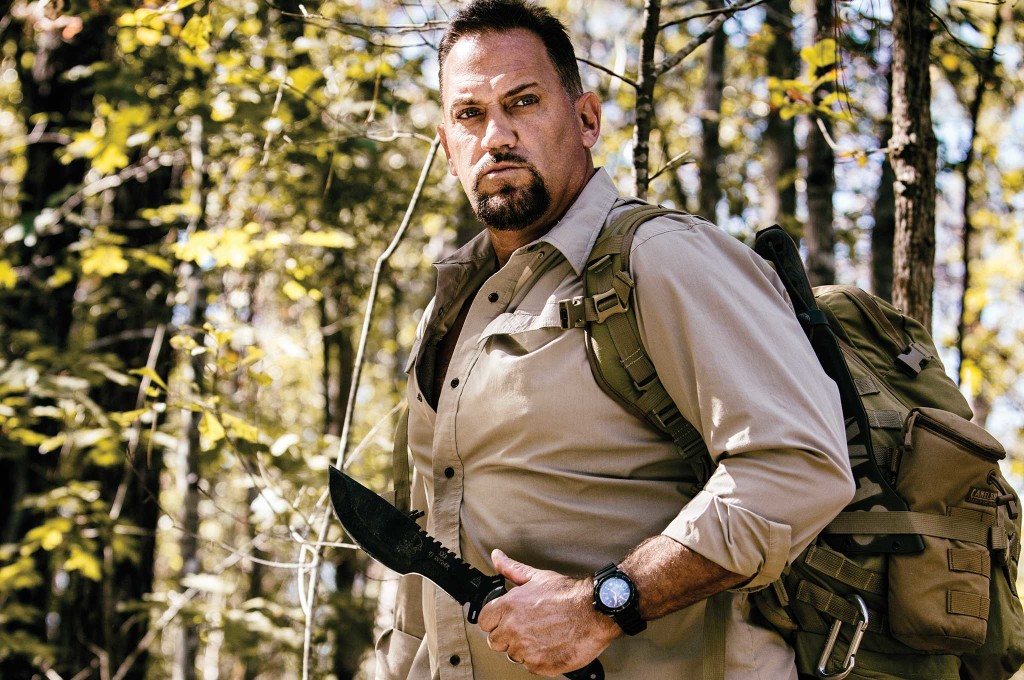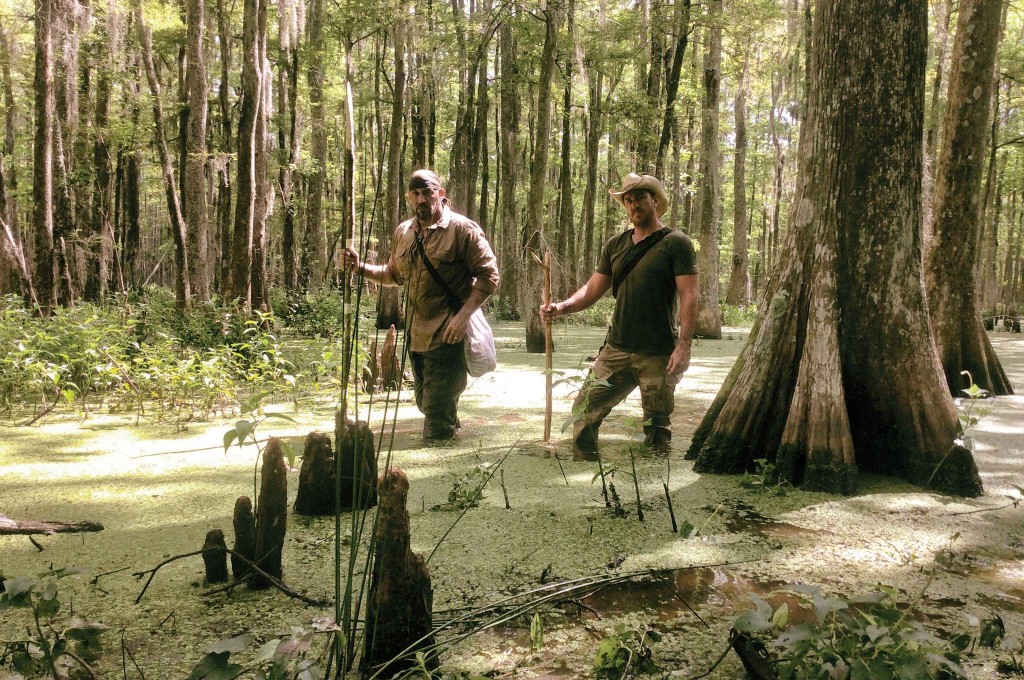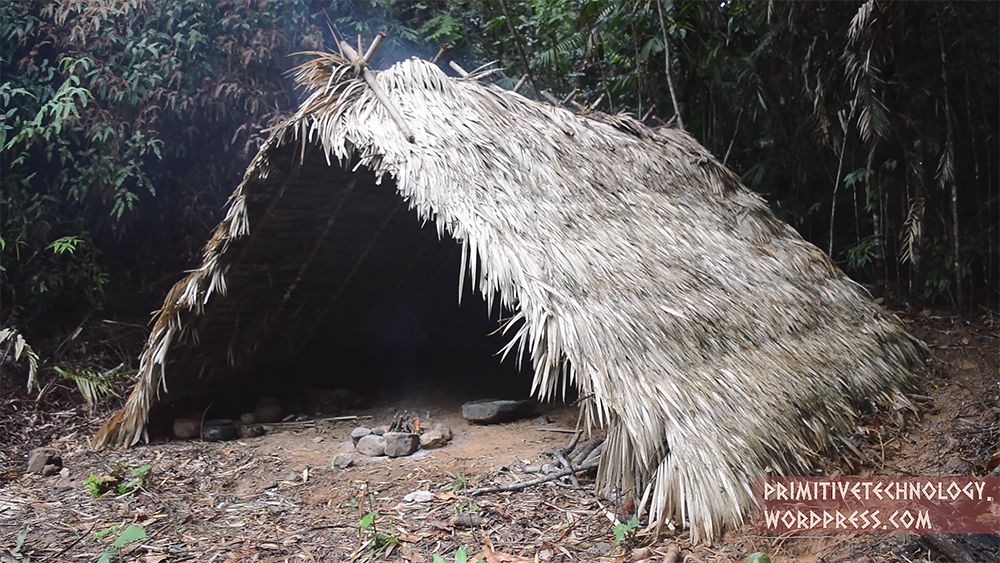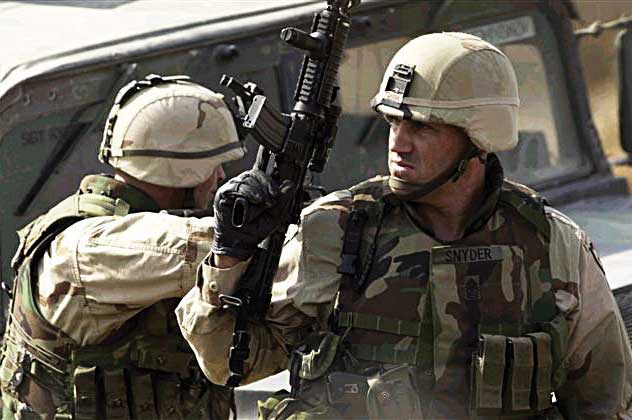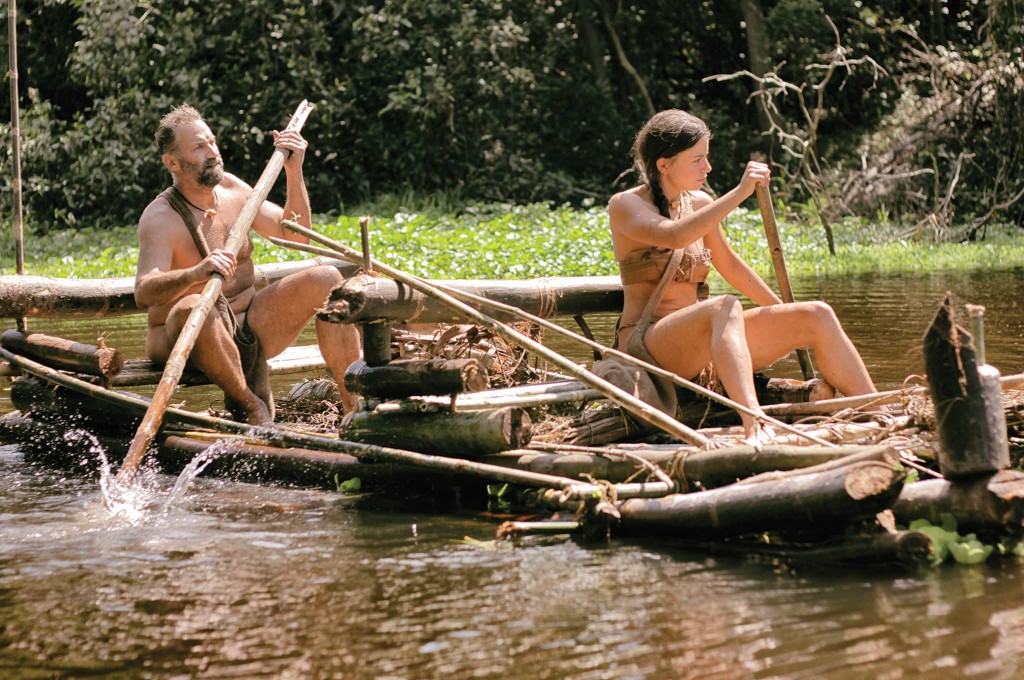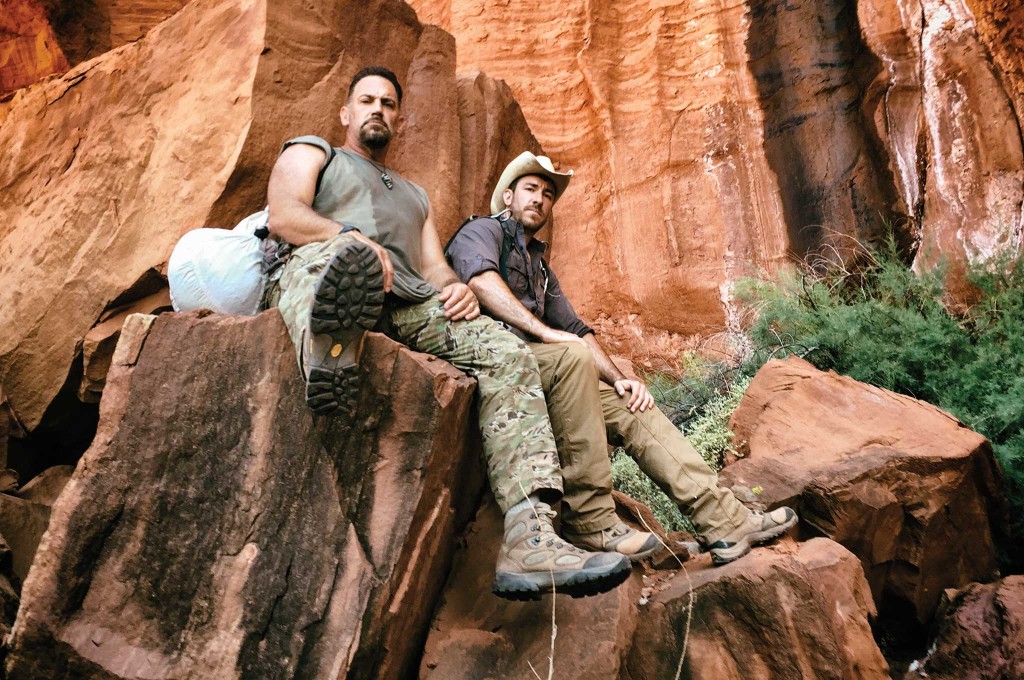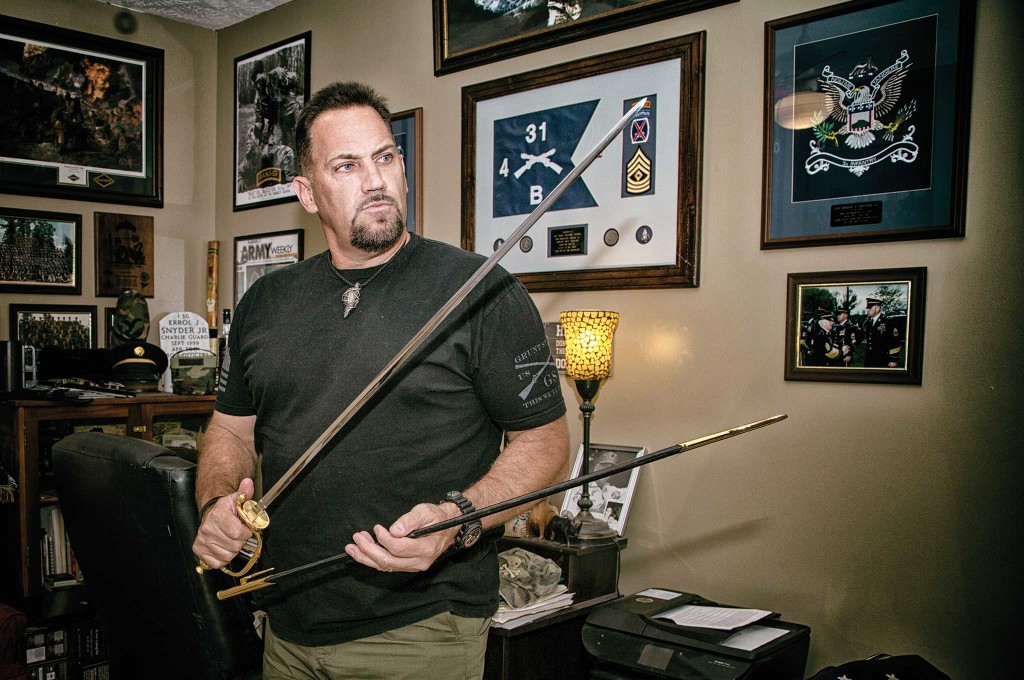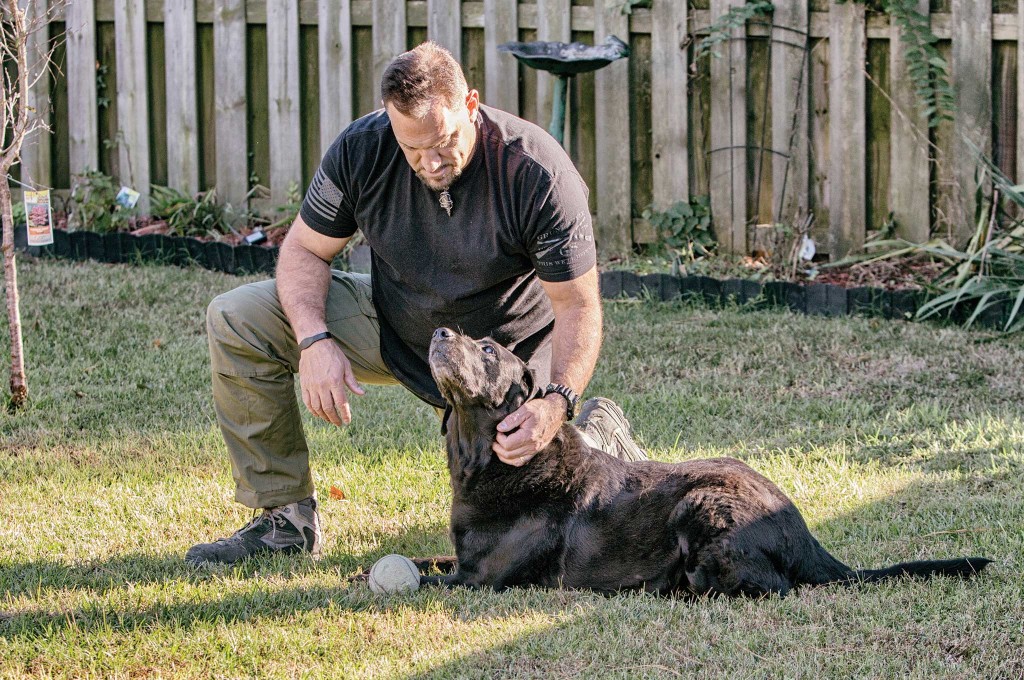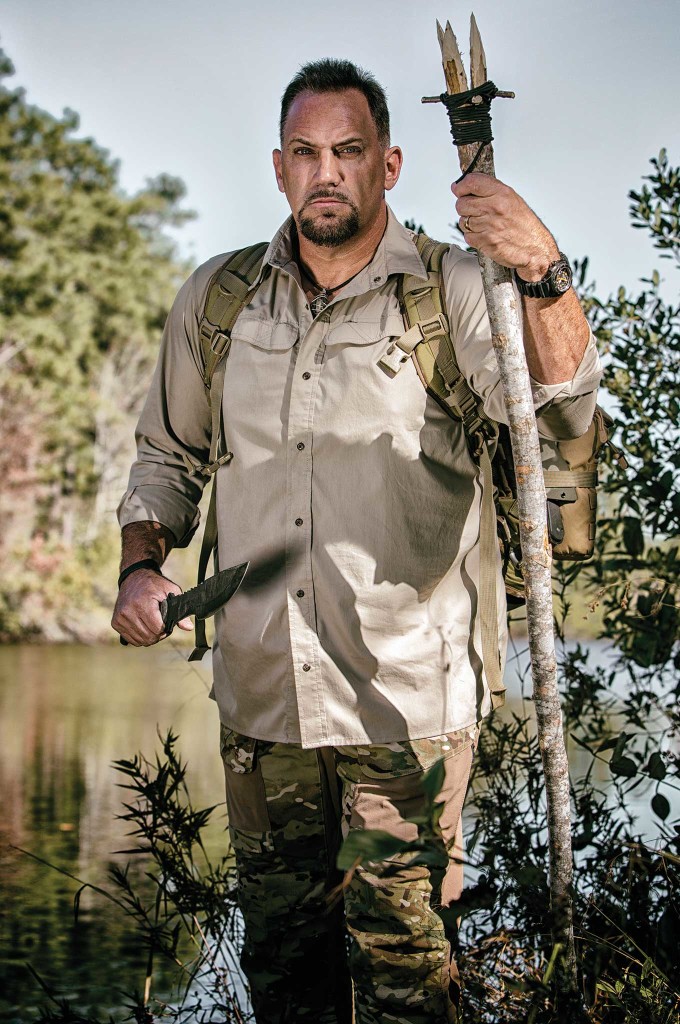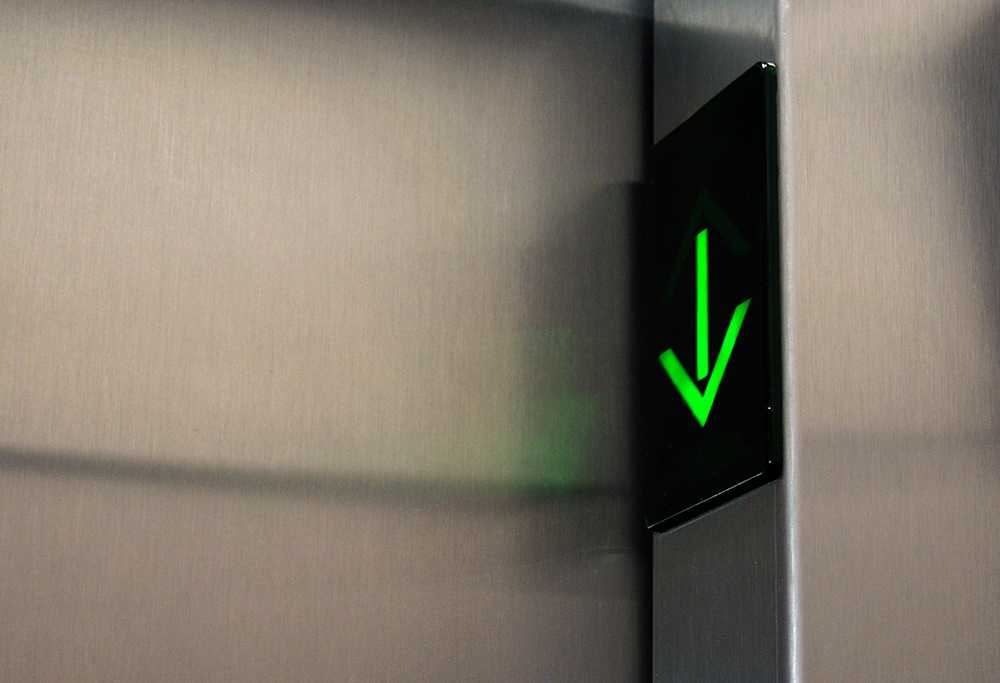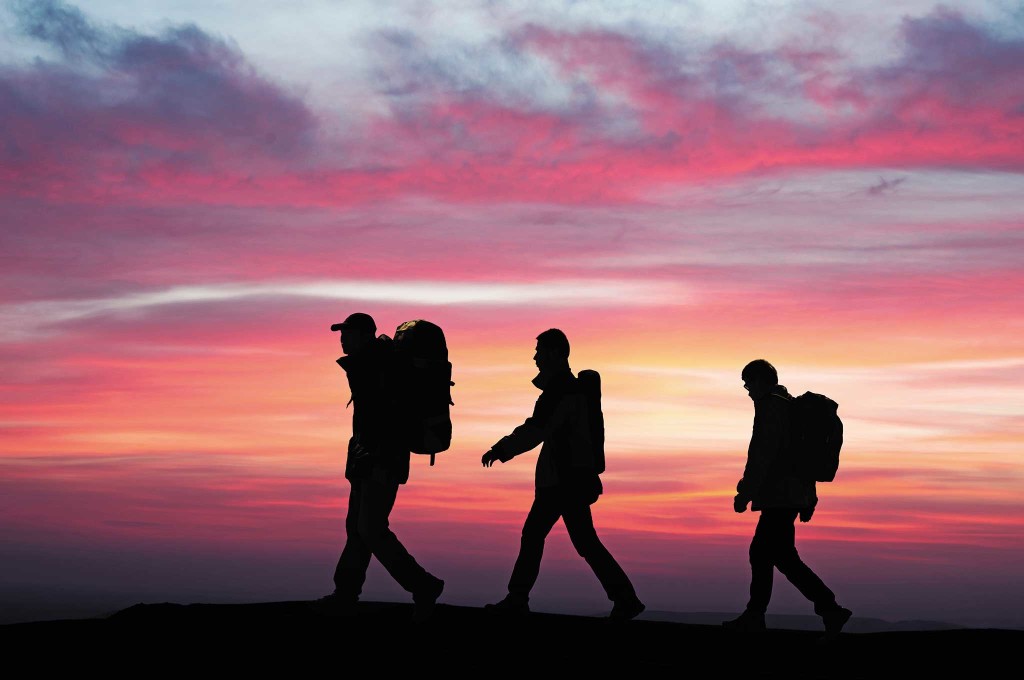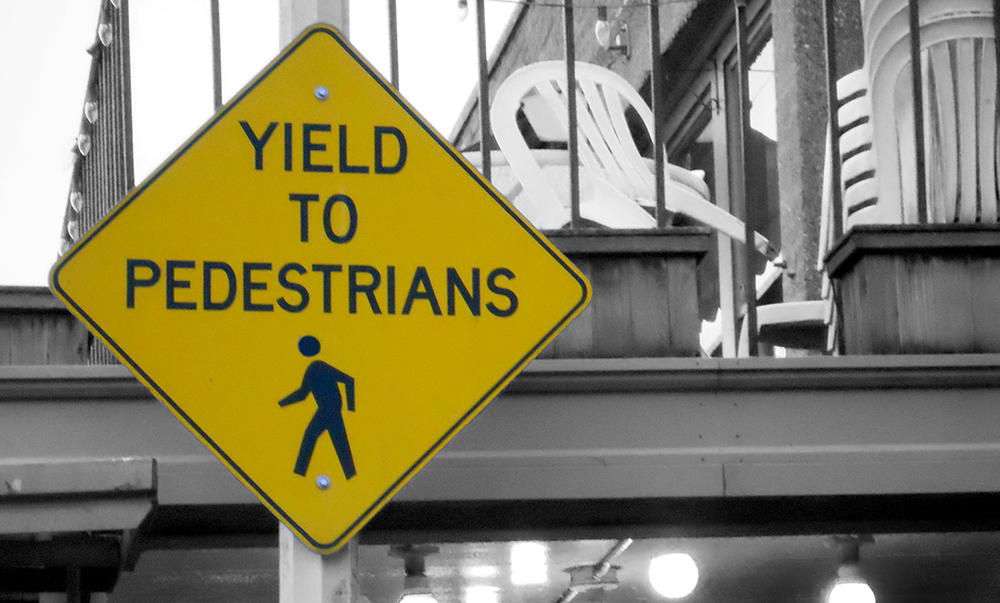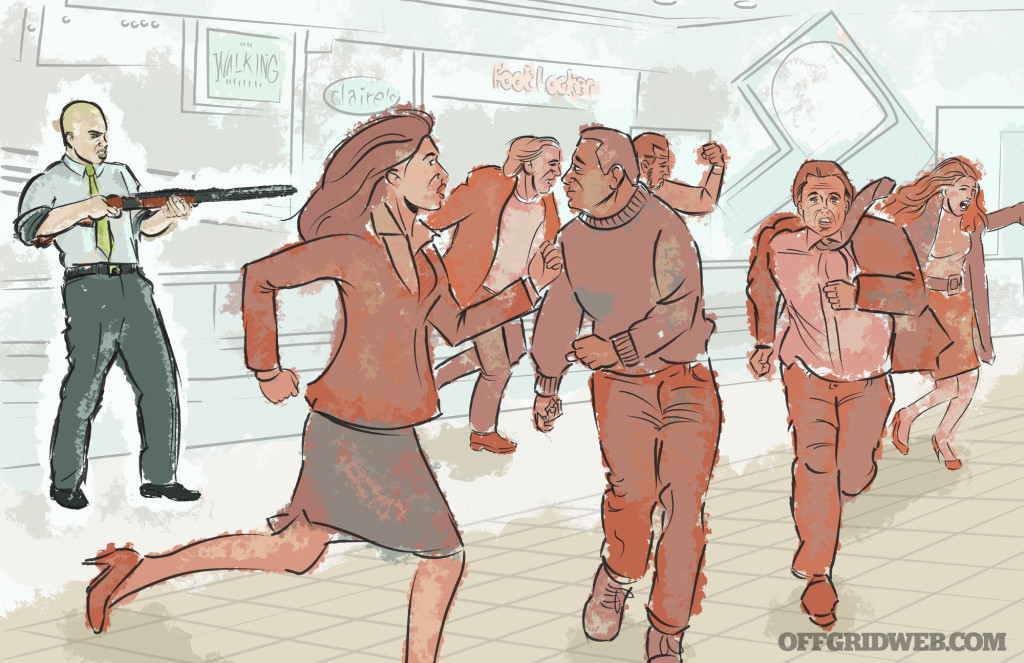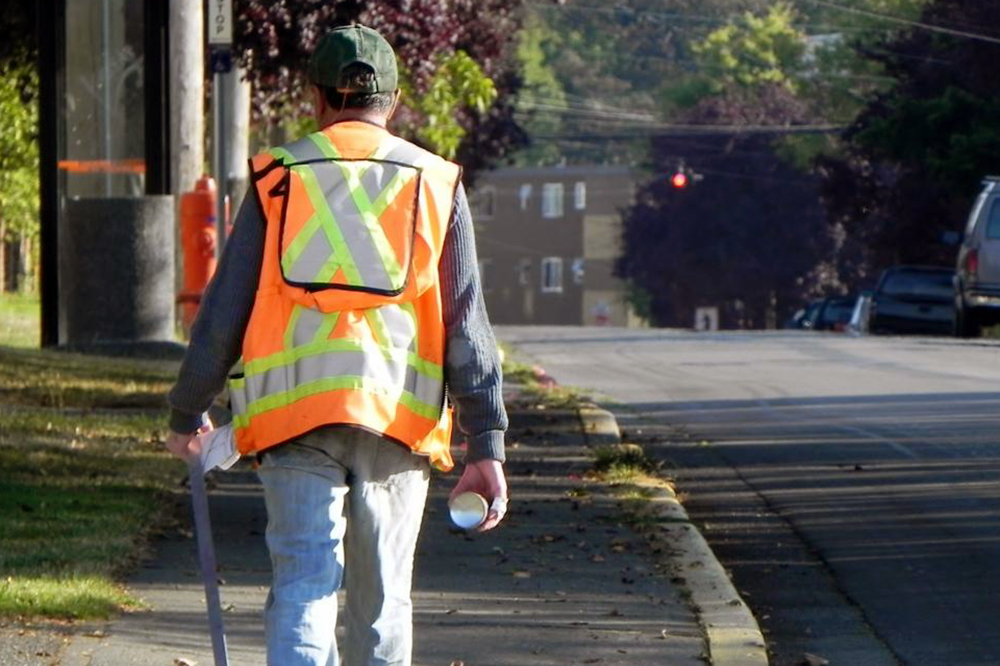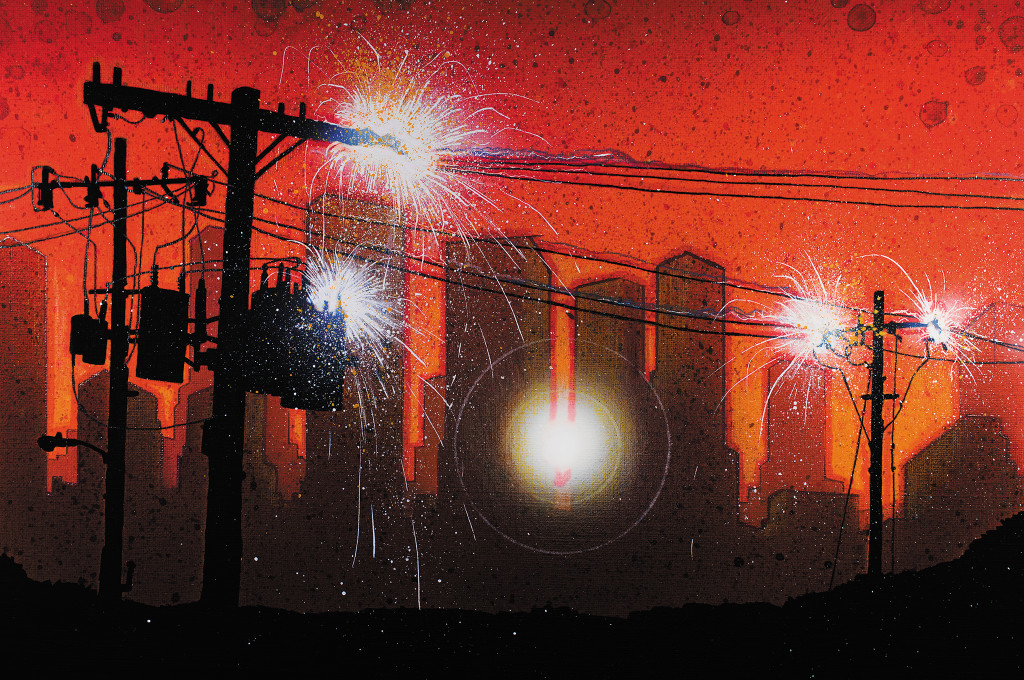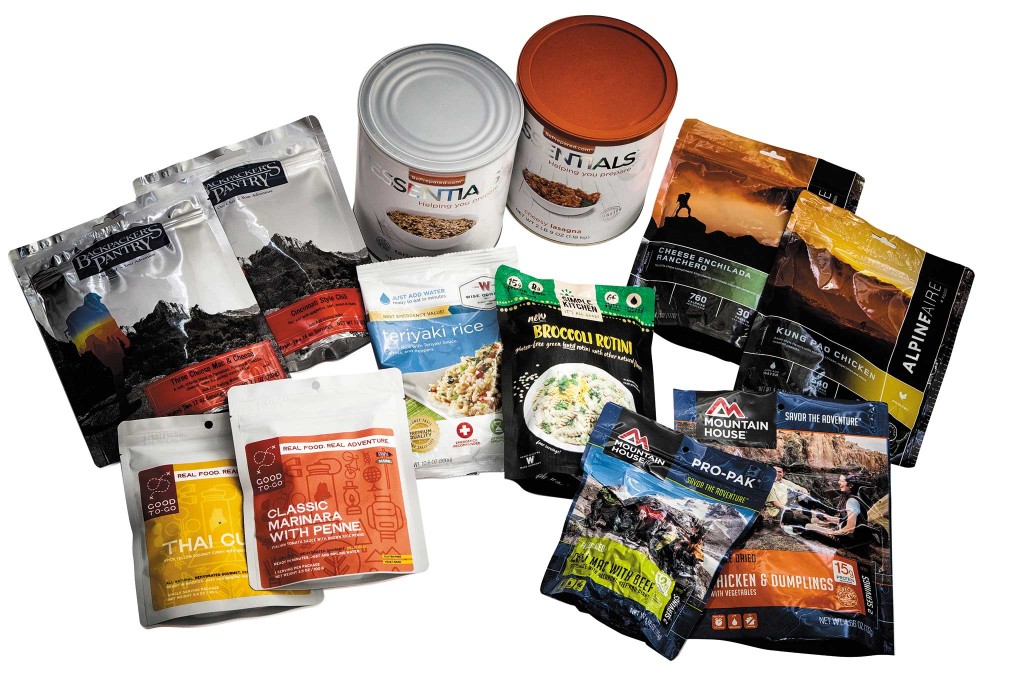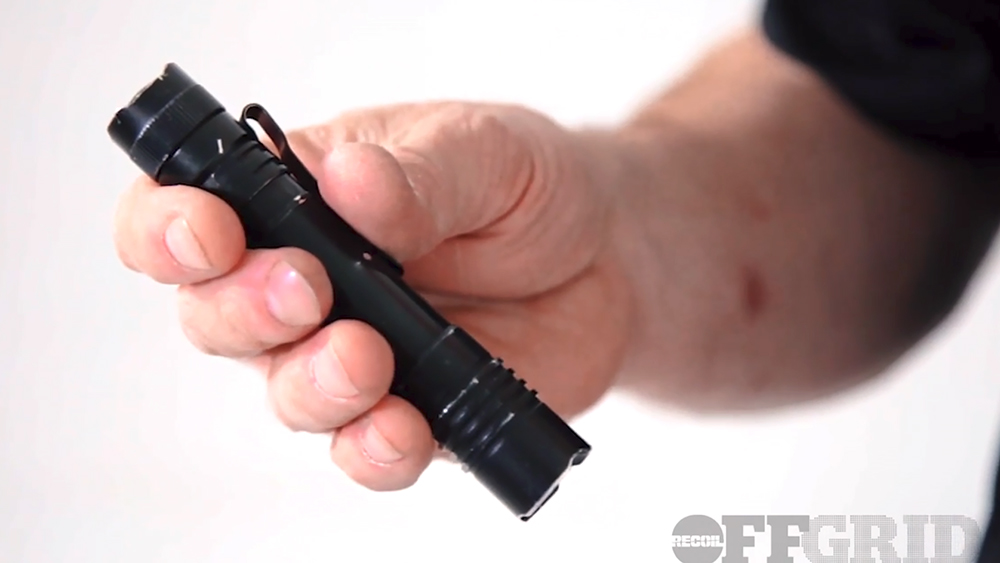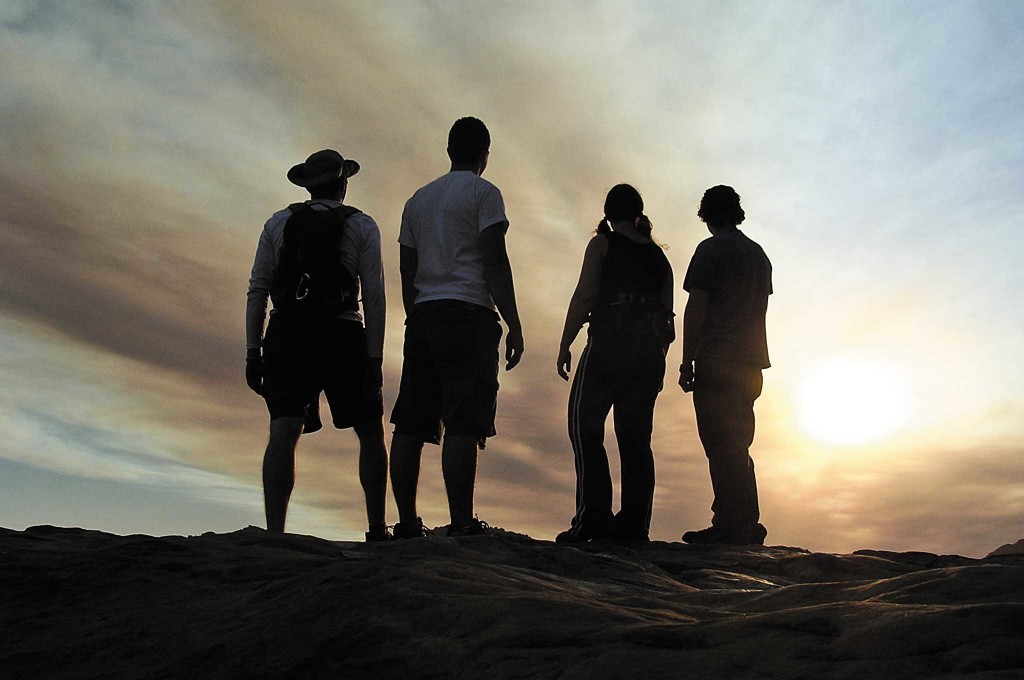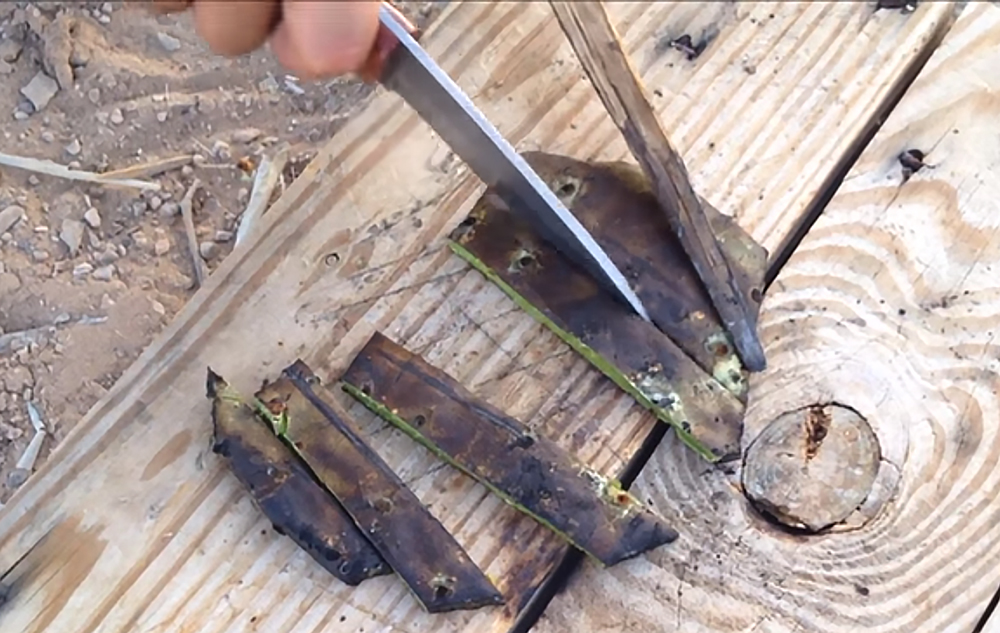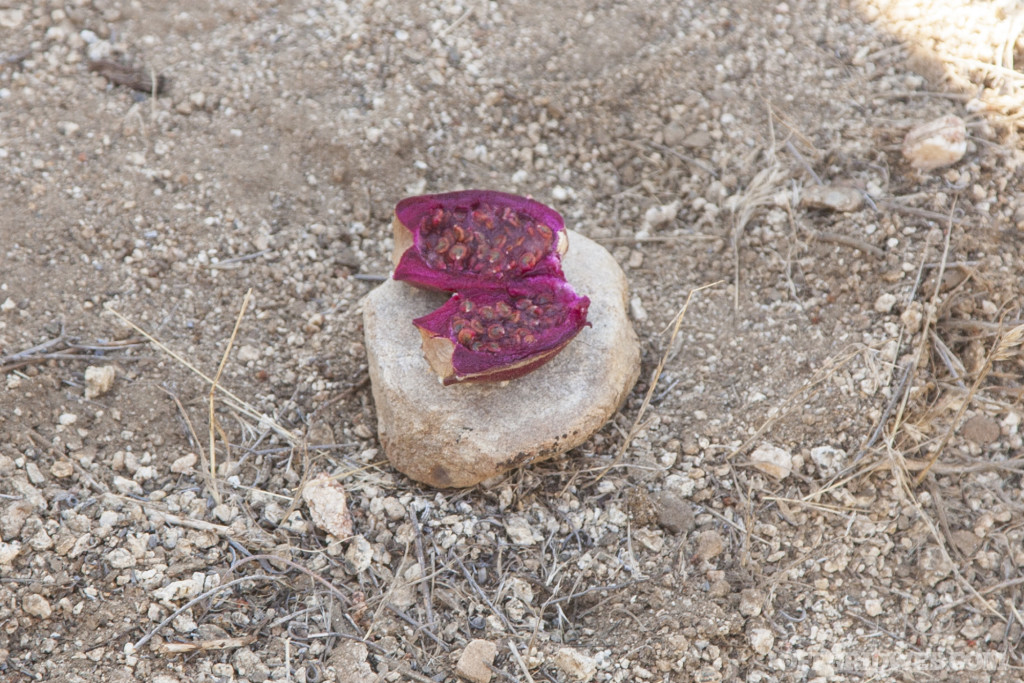In This Article
“The blade made for shooters” — that’s the ColonelBlades tagline, but it’s not just some gimmicky phrase used to market a funky-looking knife to the firearm community. The Colonel is a specialized EDC knife designed specifically for personal defense in lethal close-quarters encounters. A blade not just made for shooters, but by shooters.
It doesn’t take much to notice The Colonel’s obvious pistol-shaped design. At first glance, one might dismiss it for one of those novelty pistol knives you find at souvenir shops or the cheap cutlery table at a gun show. Further study inevitably reveals that this knife is no cheap trinket. Some serious thought went into this piece of steel.
The Colonel was designed by combatives instructors Al Salvitti and his son Nico, with direct input from former Special Forces operators J.D. Potynsky and Tom Spooner, the owners of Northern Red Training. The edged weapons and close combatives expertise of the Salvittis coupled with Potynsky’s and Spooner’s vast amount of combat experience resulted in a fixed-blade knife that capitalizes on a trained shooter’s ingrained physical responses.
What’s in a Name?
If you listen to Al Salvitti talk about his view on edged weapons and combatives, you will discover that he is all about taking a simple and direct approach. With an extensive martial arts background that includes training in Tae Kwon Do, Aikido, Boxing, Kung-Fu, and Arnis, and an Instructor certification in Sayoc Kali, Al Salvitti is well versed in complex combative systems that require years of training to master. As an independent contractor by trade, he also knows the importance of getting a job done as quickly and efficiently as possible. Furthermore, the simple and direct approach of the late Colonel Rex Applegate had a profound impact on Salvitti’s methodology and the thought process behind the Colonel’s design. In honor of him, Al and Nico Salvitti named their revolutionary new blade The Colonel.
All Point, All the Time
Unlike a traditional knife which places the blade perpendicular to the forearm, the Colonel’s grip angle aligns the wrist and forearm behind the blade like a pistol with a low bore axis. This means the user can lead with the point through the entire strike, increasing the probability of landing strikes.
The mechanics of using The Colonel are the same as throwing a punch. Straight, hook, or uppercut, the point always leads. This is not to say that The Colonel can’t be used for cutting and slashing. It is actually quite suitable for these types of techniques as well. Also, since the point is always driving forward, the risk of potentially stabbing yourself during engagement is drastically reduced.
The Gunfighter Connection
The Colonel isn’t the first knife to capitalize on the muscle memory of trained shooters, but it may be the first to make a perfect parallel between the knife and gun. When a well-trained shooter handles anything that is firearm-shaped, their finger automatically looks for the trigger guard. If you have ever walked around with a cordless drill in your hand and experienced the frustration of not having anywhere to index your trigger finger while not actively drilling, then you know exactly what we’re talking about.
The inclusion of a trigger-guard-style finger hole with the pistol-grip shape of The Colonel makes the transition from pistol to knife seamless. Just like when drawing a firearm, the thumb drives downward on the inside of the grip and the fingers point downward until the web of the hand hits the tang (backstrap), at which point the last three fingers complete the grip, while the first finger indexes outside the sheath (holster) in line with the blade (muzzle). The only difference in draw-stroke mechanics is that, because of the difference in grip thickness, the thumb goes inside the finger hole when establishing the grip during the draw. Once the blade clears the sheath, the index finger goes inside the finger hole and replaces the thumb.
Colonel LowVz
The Colonel LowVz is from the ColonelBlades premium line of blades that are indicated by the “Colonel” prefix. These blades are all handmade in Italy by Fox Knives and finished here in the United States. It’s made from Bohler N690Co, a Cobalt-Vanadium stainless steel that has performance properties similar to 154CM.
The steel is finished using an Isonite QPQ Nitrocarburizing process. This thermochemical diffusion process uses nitrogen-bearing salts to generate a controlled release of nitrogen on the surface of ferrous metal. In simpler terms, this increases corrosion-resistance and abrasion-resistance while providing a uniform black appearance.
All premium Colonel knives include G10 grip panels and come with a custom-made G-Code Kydex sheath. The sheath comes equipped with a negative-angle, multi-positional belt clip for IWB carry. The neck angle and tension of the clip pushes the sheath against the body for better concealment. A single attachment point allows the sheath to be angled inside the waistband for an appropriate cant.
The LowVz is the more concealable of the two variants as a result of its shorter handle. It’s definitely our favorite of the two for EDC.
Colonel LowVz Specs
Country of Manufacture: Italy & USA
Blade Steel: N690CO
Blade Length: 2.75”
Handle Length: 3.5”
Finish: Isonite QPQ
Grips: G10
Sheath: G-Code Kydex
MSRP: $150
NCO FullBird
The NCO FullBird is part of the ColonelBlades economy NCO line. This more-affordable line of ColonelBlades is made in Taiwan using AUS 8 steel. AUS 8 is a cutlery-grade steel used in many quality defensive fixed-blade and folding knives. It is a Japanese steel with properties comparable to the 440 series. It is tough steel and holds an edge well.
The Titanium Nitride (TiN) coating is an extremely hard ceramic material coating that improves the surface properties of the steel and protects the blade from wear and corrosion. It is considered to be one of the toughest coatings that can be applied to blade steel.
The NCO FullBird also comes with G10 handle scales, though rounded and slightly thinner than the ones on the Colonel LowVz. It also comes with the same high-quality G-Code Kydex sheath. When it comes to this knife, “economical” does not mean low-quality.
The main difference with the FullBird design versus the LowVz is handle length. The FullBird handle is an inch longer than that of the LowVz. Though not as concealable as the LowVz, the FullBird really packs a punch and offers the user a good chunk of exposed pommel for some devastating hammer strikes.
NCO FullBird Specs
Country of Manufacture: Taiwan
Blade Steel: AUS8
Blade Length: 2.75”
Handle Length: 4.5”
Finish: Titanium Nitride
Grips: G10
Sheath: G-Code Kydex
MSRP: $100
The Trainers
If you’re carrying a weapon for self-defense purposes, you’d better be well-trained in its use. When it comes to knives, that typically means practicing strikes and defensive drills with a dull “trainer” that mimics the size and shape of the live blade, minus the sharp edge.
A Colonel Trainer comes with each live blade purchase — this kit includes two of them. The unique Trainer design may be the most brilliant aspect of the entire Colonel lineup. At first glance, it tends to leave the unsuspecting observer in bewilderment. Where’s the rest of it? is typically the first question that comes to mind. It was for this author.
Rather than go with a typical trainer style that mimics the full shape of its live-blade counterpart, The Colonel takes a different approach. The Colonel Trainer is completely missing the blade portion of the knife. All that protrudes is a small nub just past the finger hole.
The explanation for this seemingly strange design is simple. Although they highly advocate training with the live blade (ie. stabbing buckets of water, slicing heavy burlap sacks, etc.), the Salvittis wanted users to experience the simulated effect of driving the blade into a target when using the trainer. Shortening the blade portion to a blunt nub just past the finger hole lets the user punch with full force against a heavy bag, B.O.B. dummy, or other inert object without the risk of torquing the wrist.
The injection-molded trainer can also be used as a less-lethal impact device. The short, rounded striking end will increase impact kinetic energy when used as a striking tool, or it can be used to trigger pressure points. The pointed pommel can be used with hammer strikes to deliver even more focused energy. The trainer also fits in the Colonel’s sheath, so the user is able to practice the draw stroke and train with their regular carry setup.
Final Thoughts
The Colonel is certainly worth considering when choosing your EDC arsenal. If you’ve already trained with a concealed handgun, this knife system’s intuitive design can reduce the need for specialized edged weapons training. It makes use of already developed skills in the shooter’s repertoire. Whether you choose the LowVz or the FullBird, the ColonelBlades system can provide a powerful self-defense tool for close-quarters encounters.
About the Author
Chad McBroom is the owner of Comprehensive Fighting Systems, a company that offers practical training in armed and unarmed combatives. He has over 30 years of martial arts experience and specializes in edged weapons. He also does a bit of knifemaking himself, a hobby he took up to gain a greater understanding and appreciation of blade craft. Follow him on Instagram @cfs_combat.

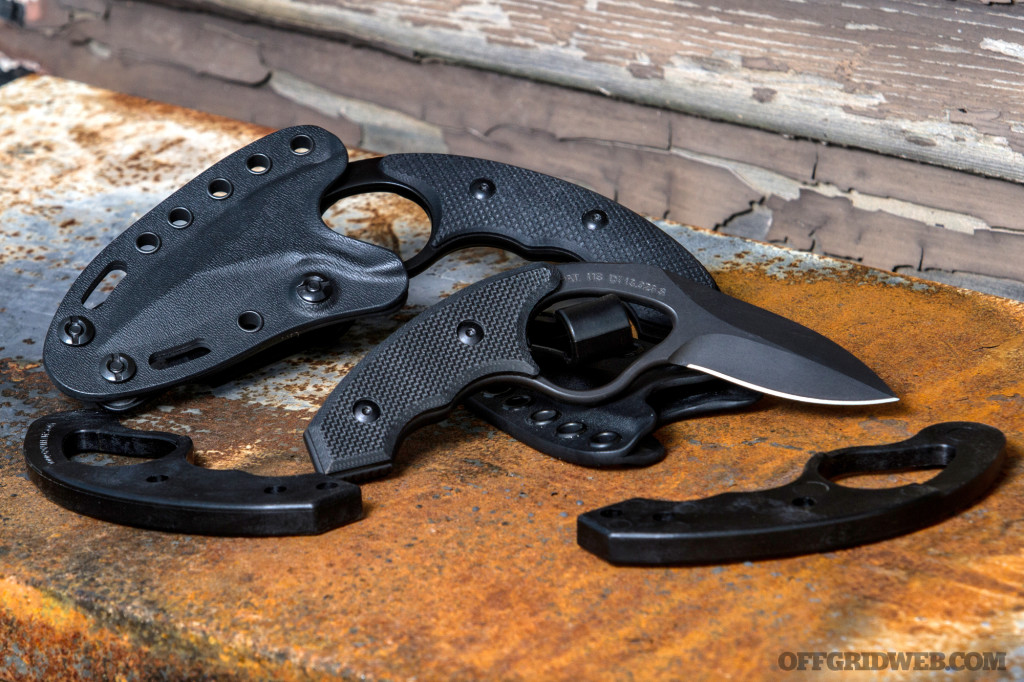
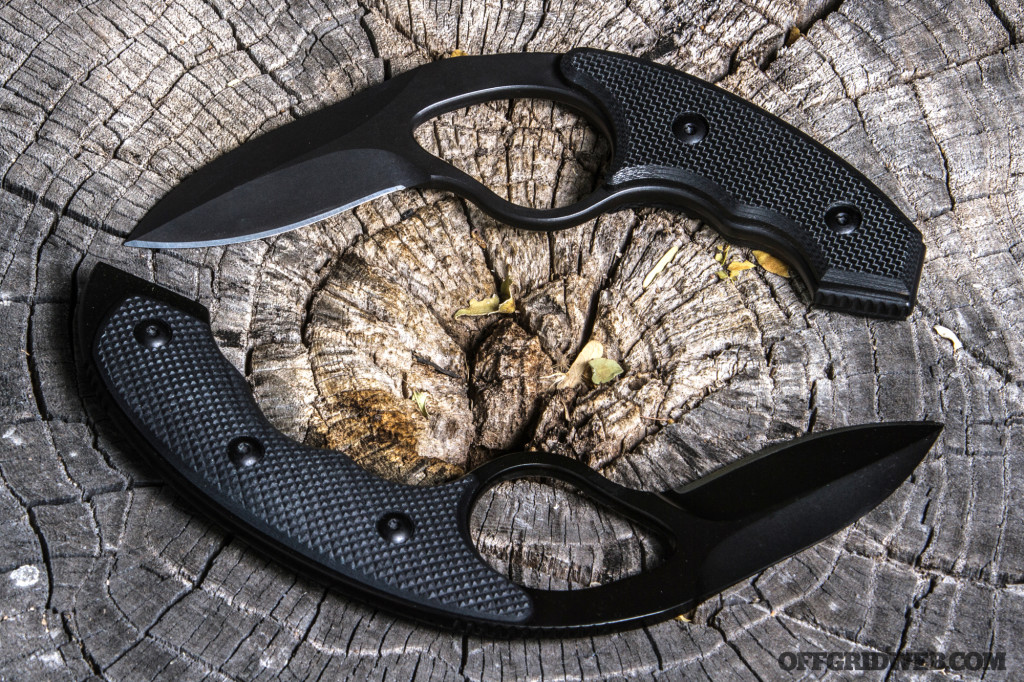
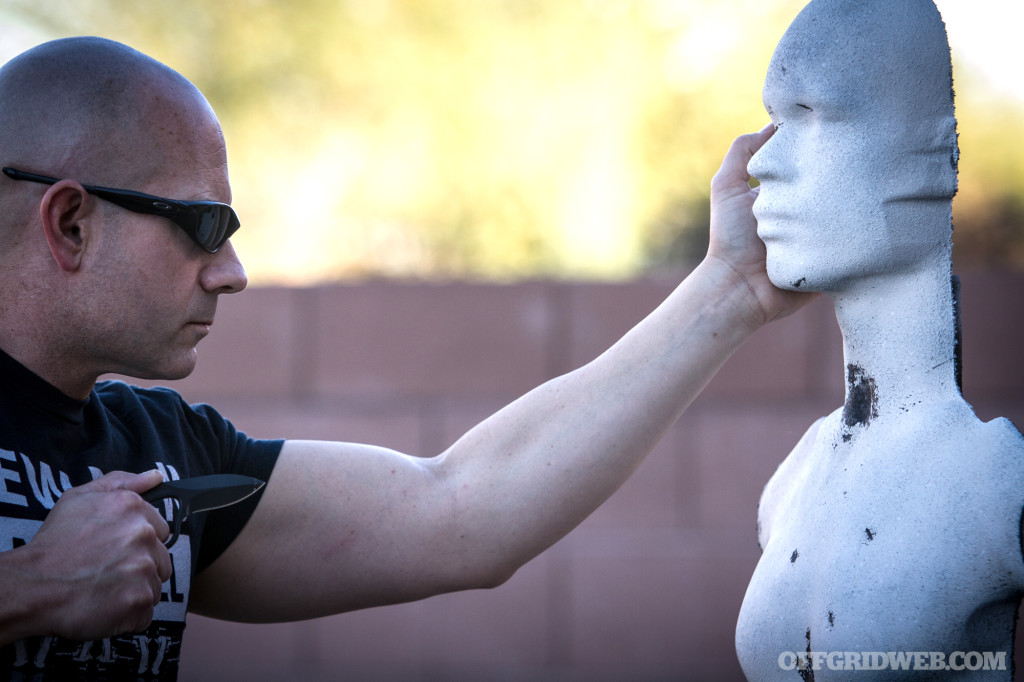
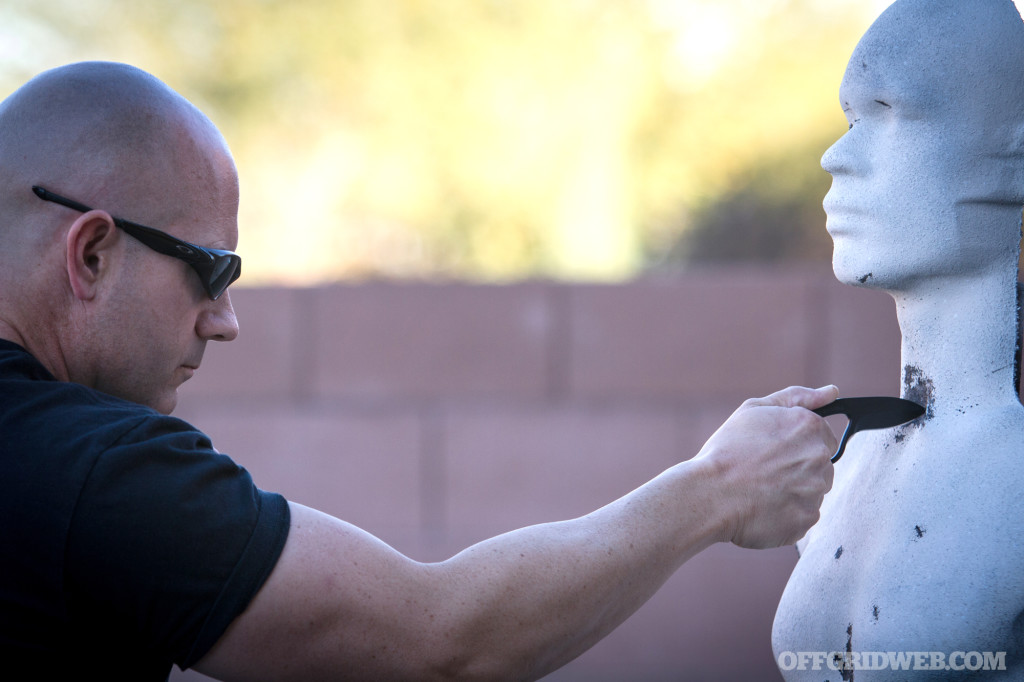
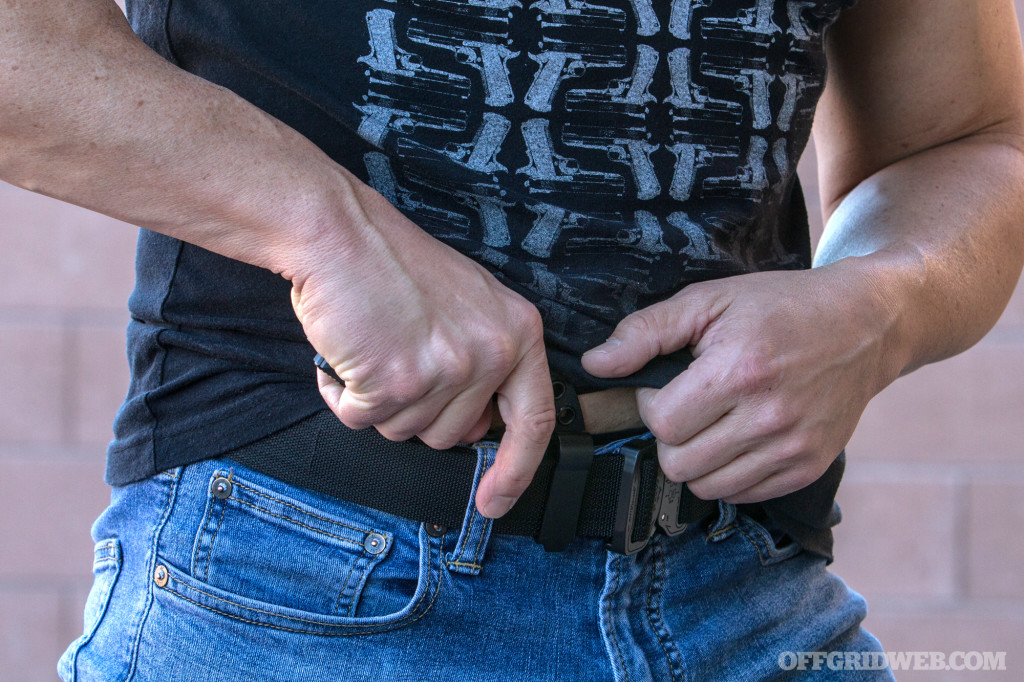
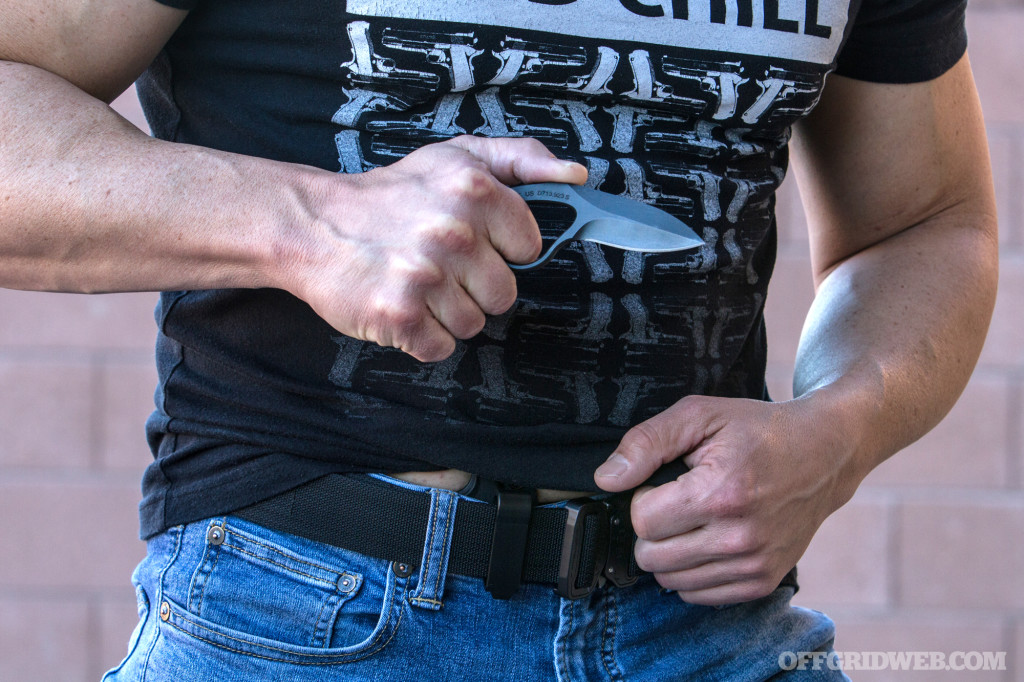
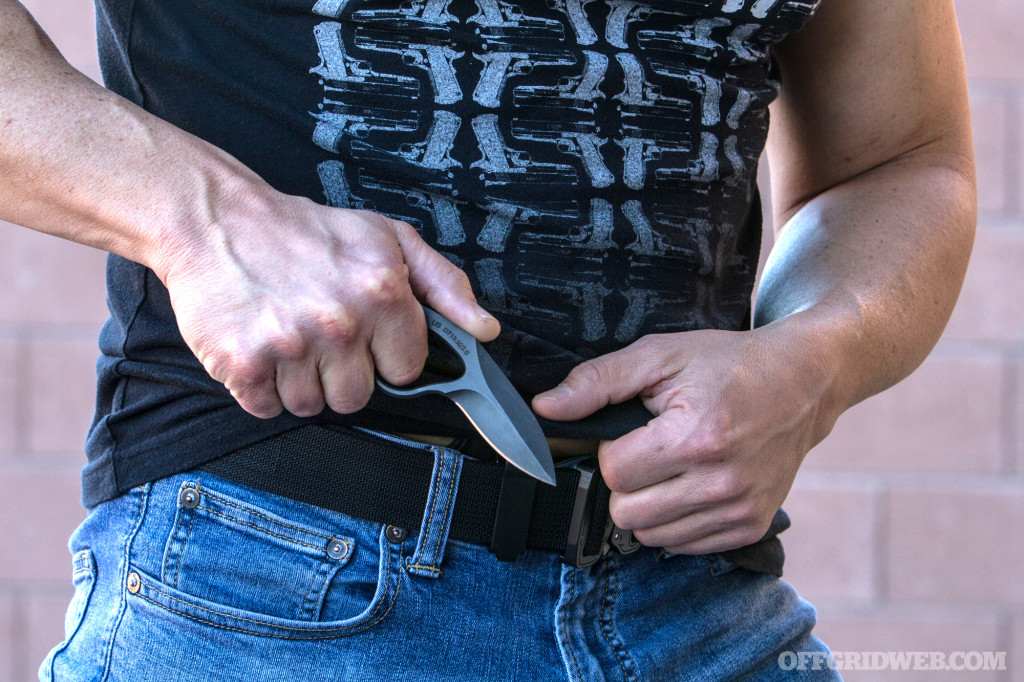
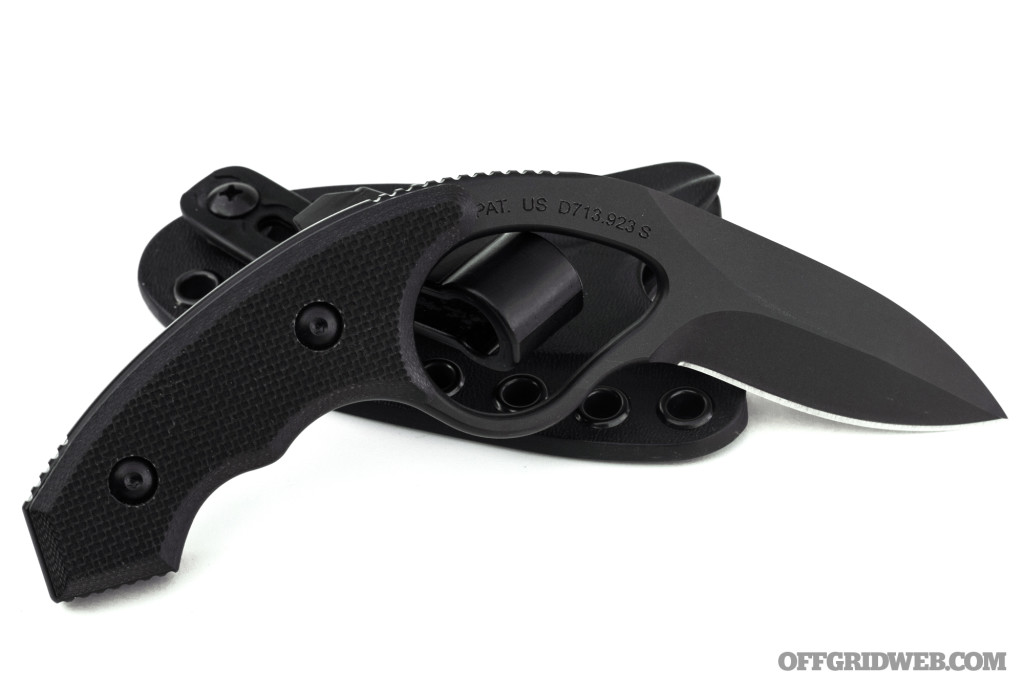
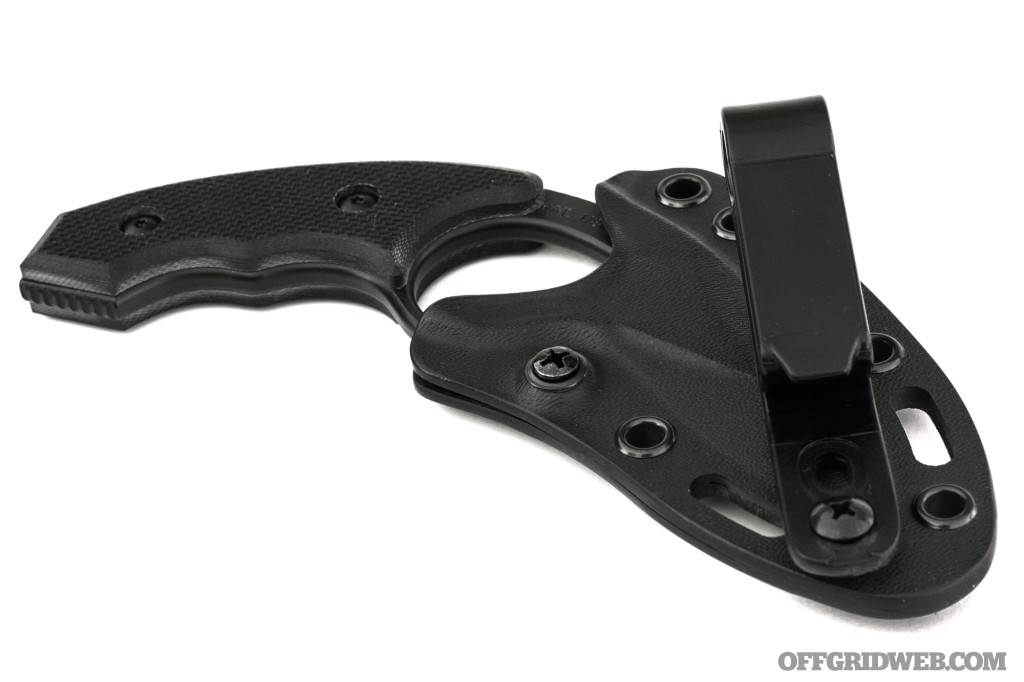
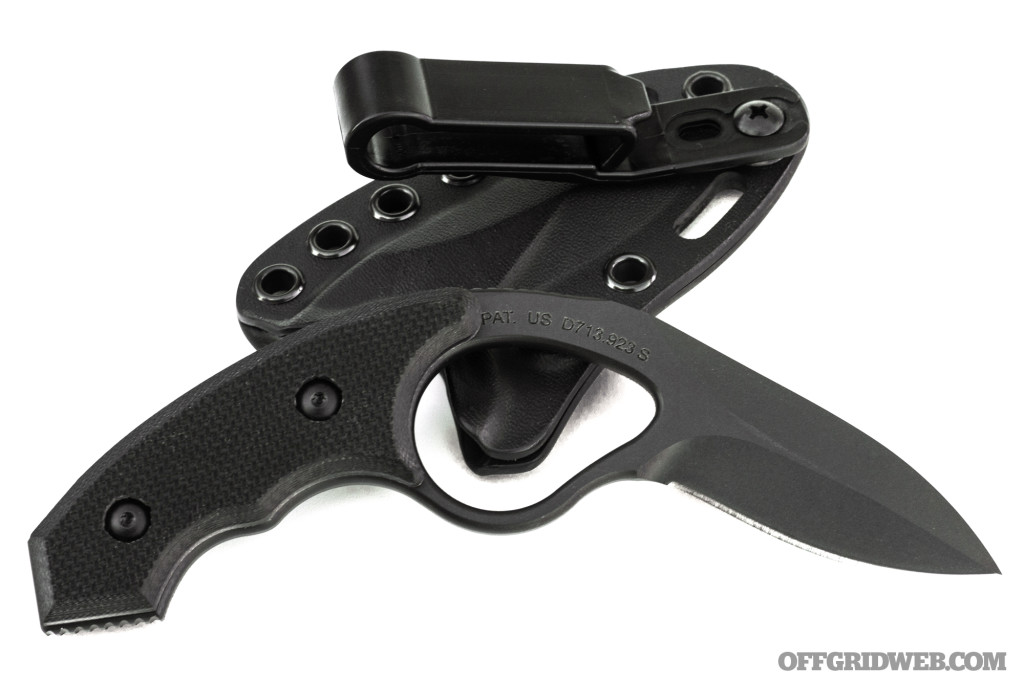
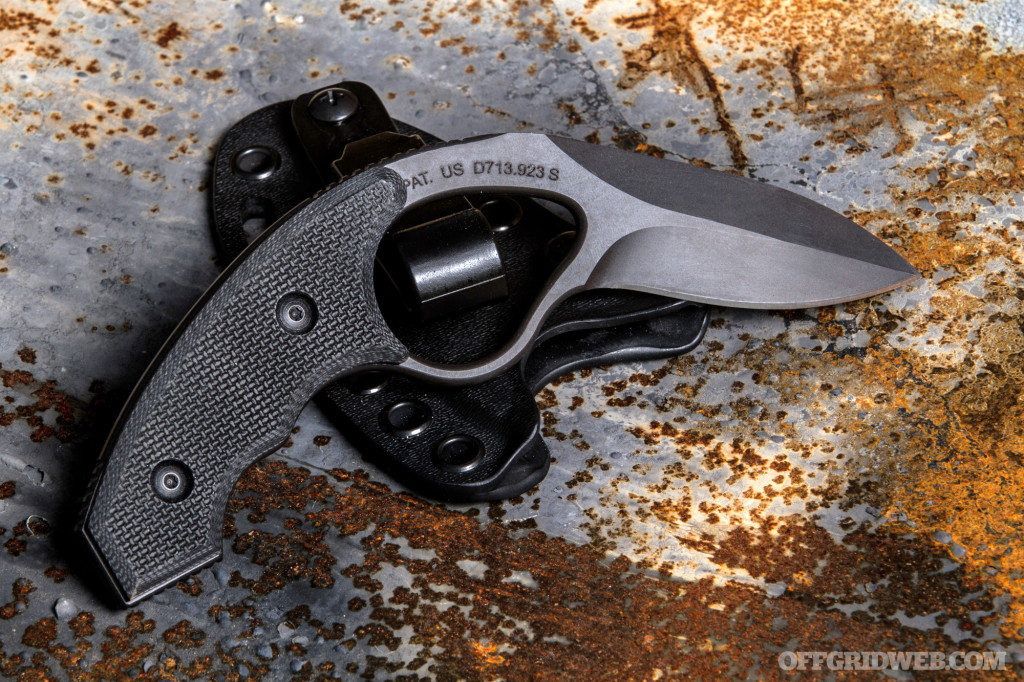
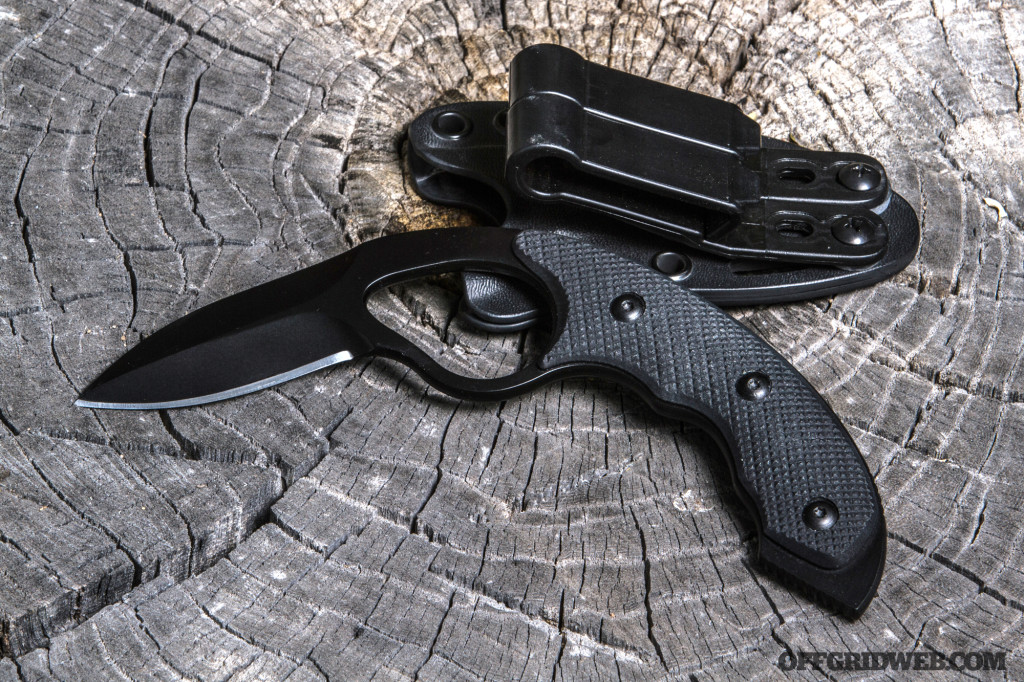

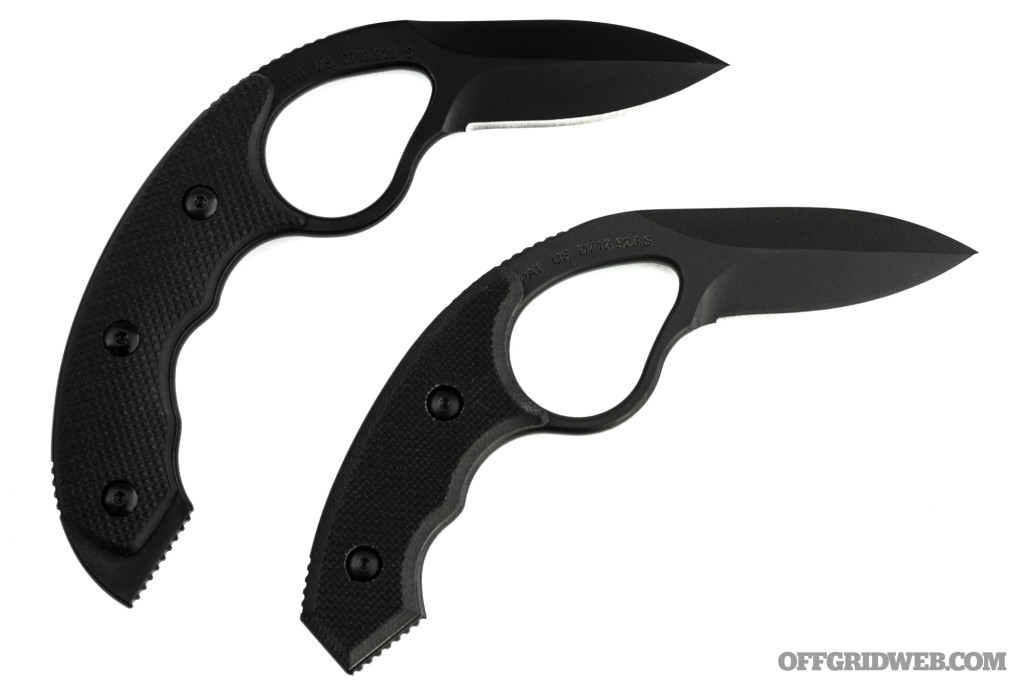
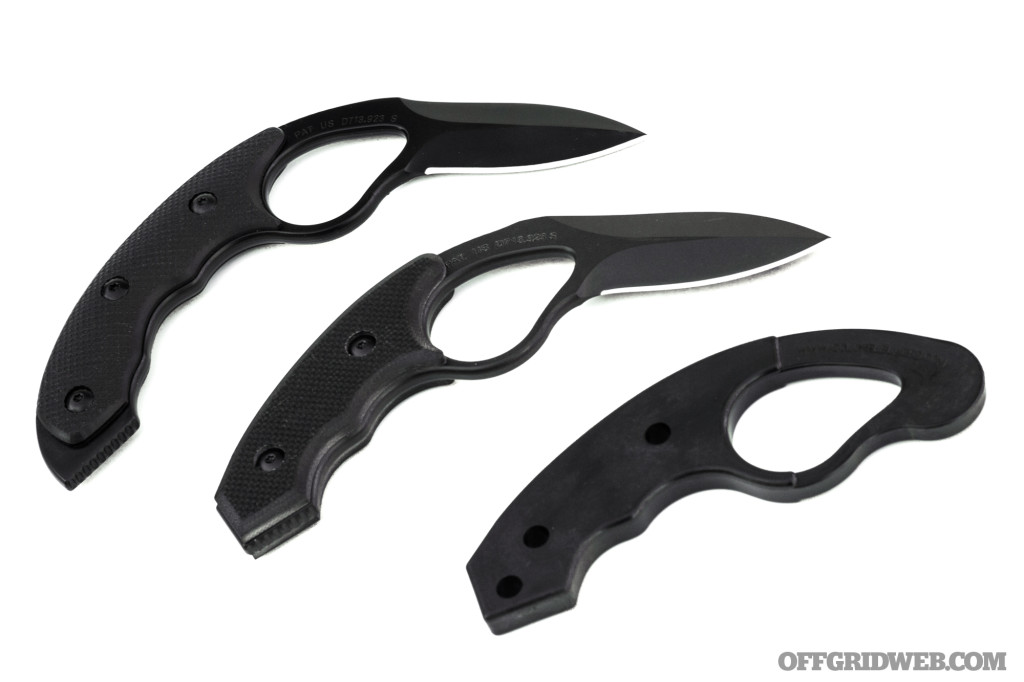
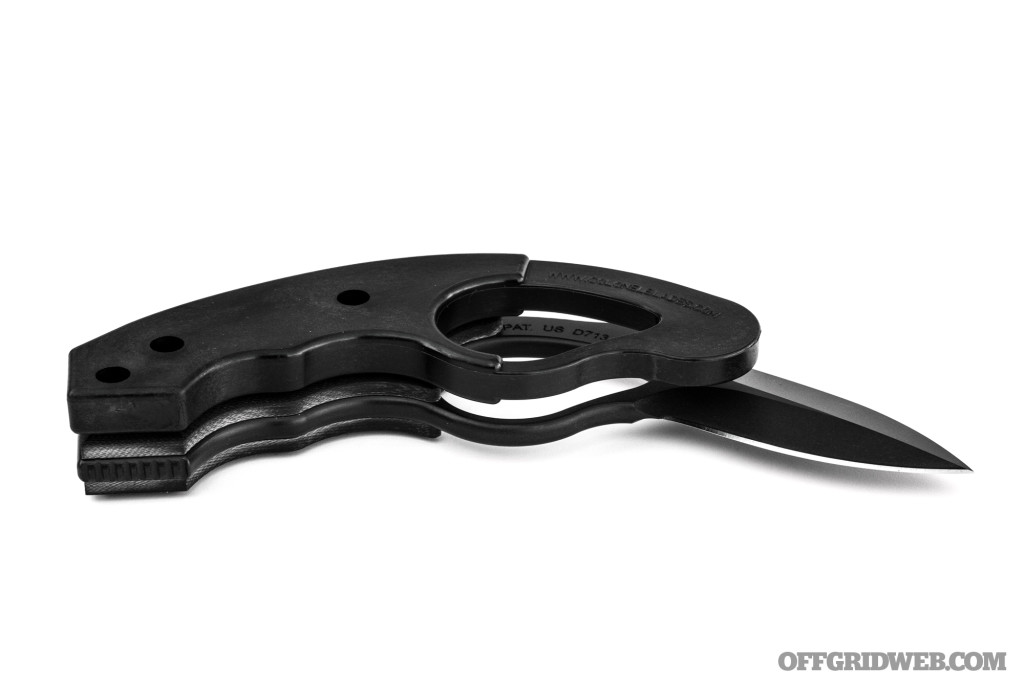
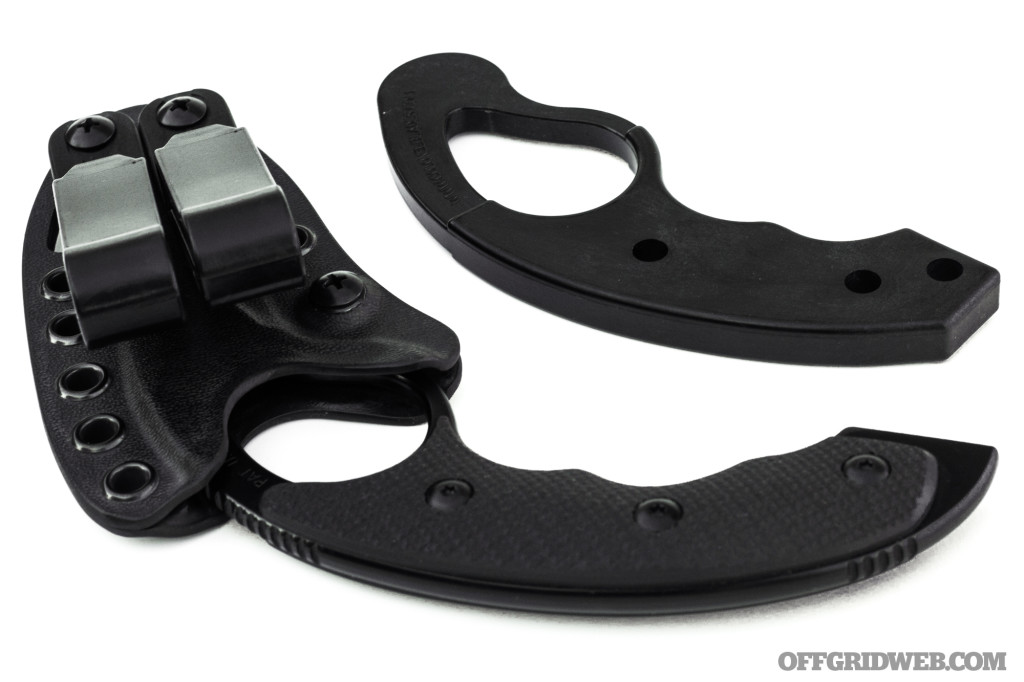
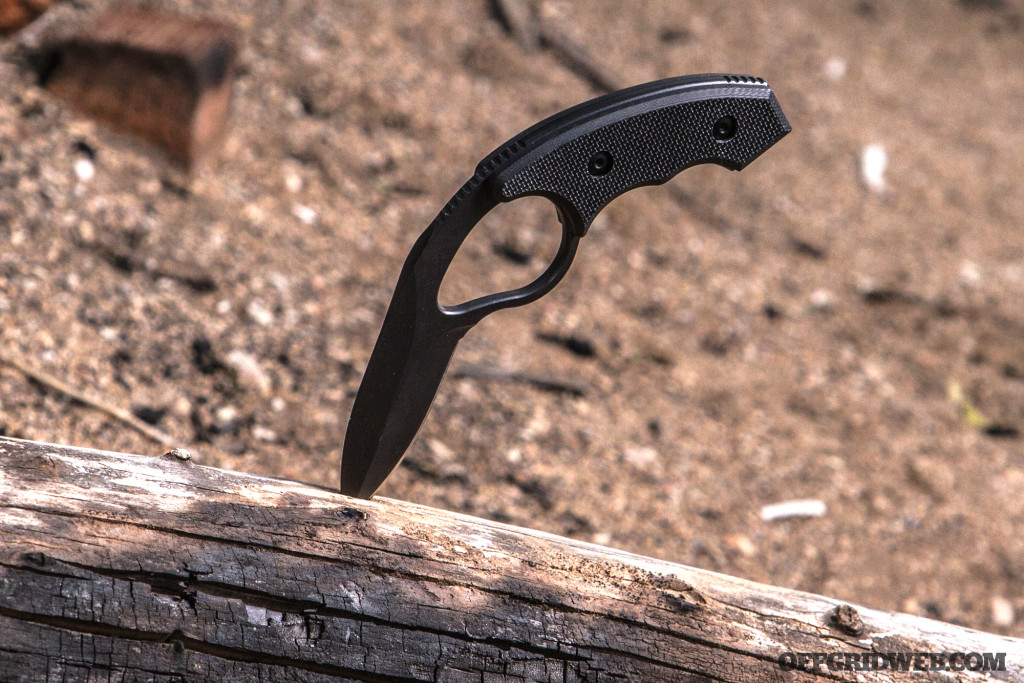
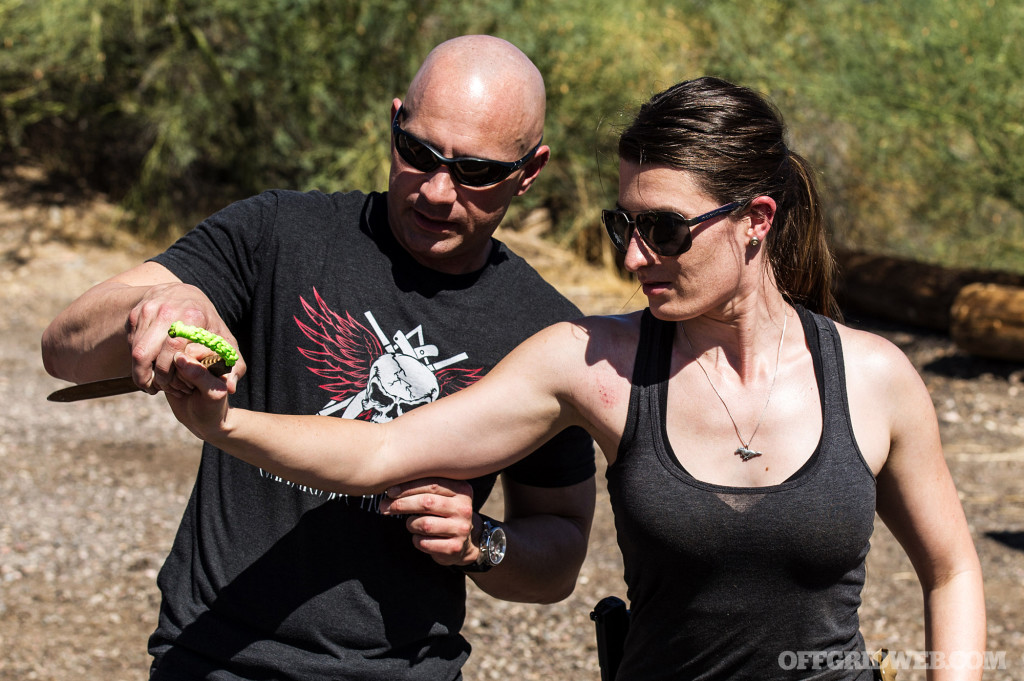
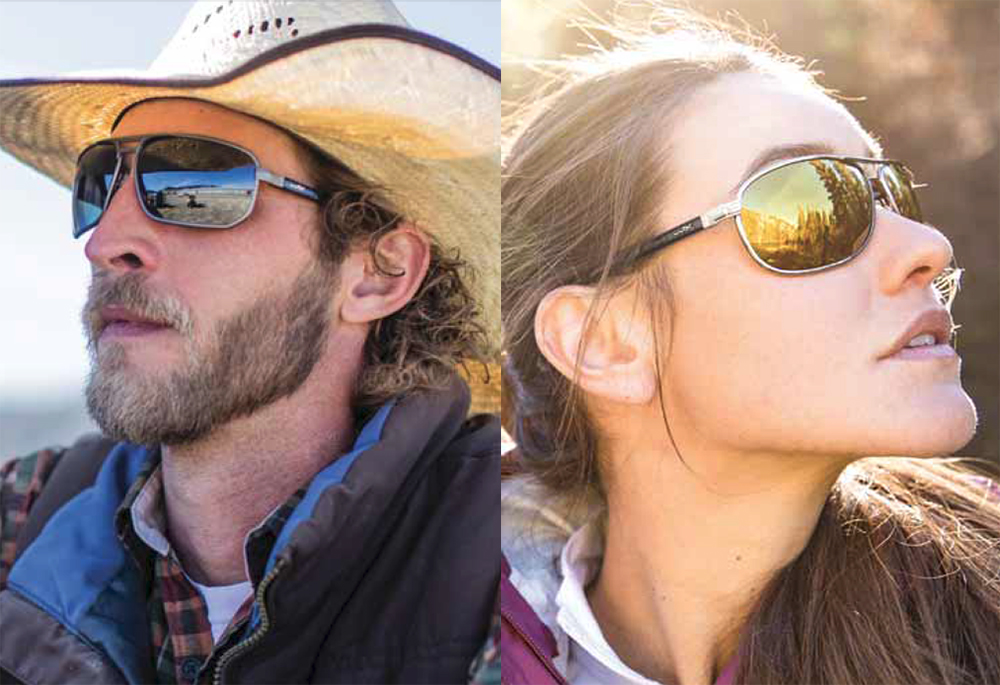

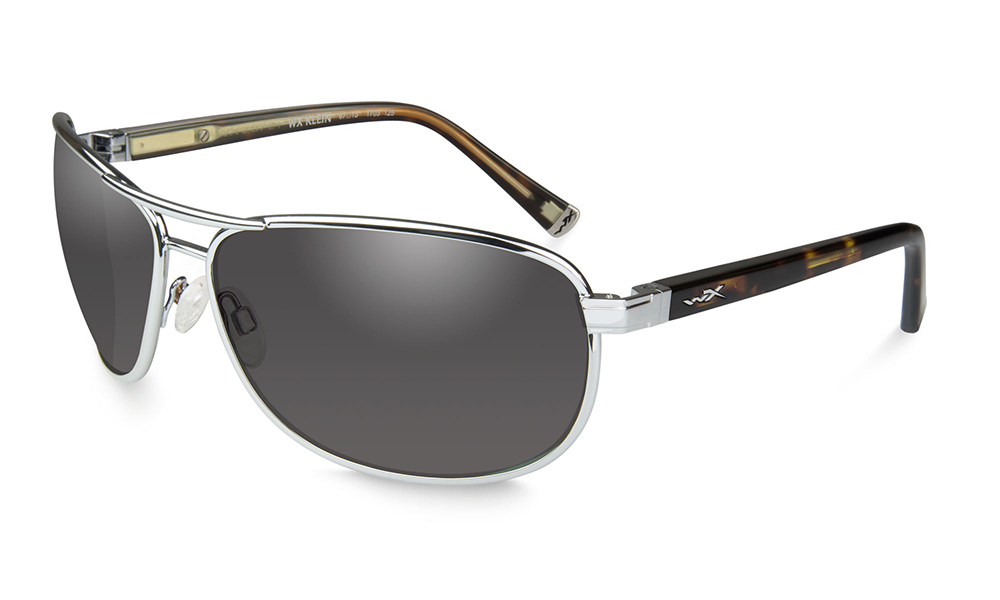
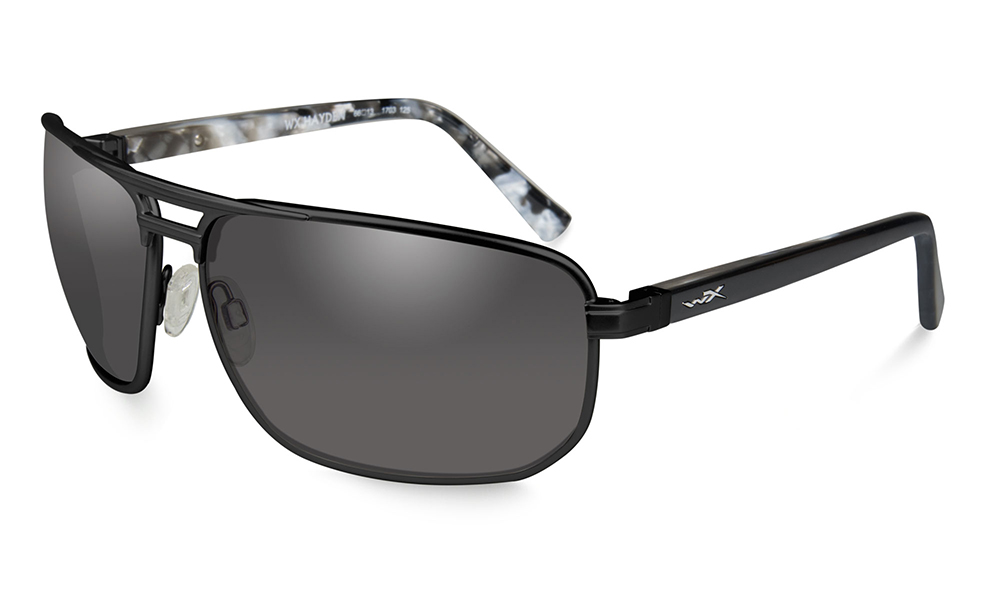

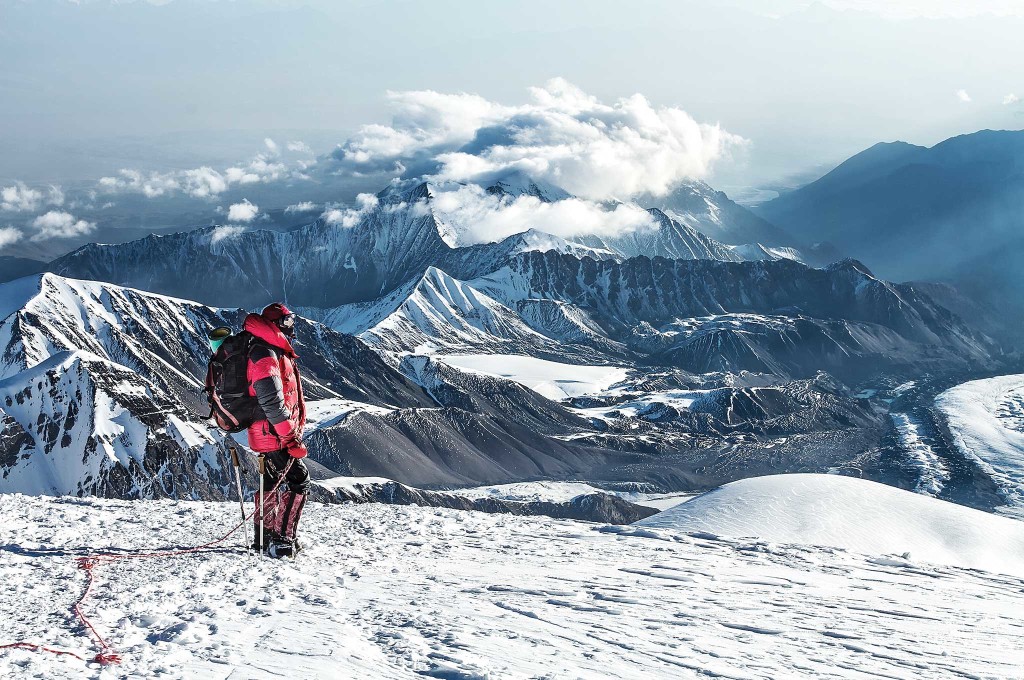
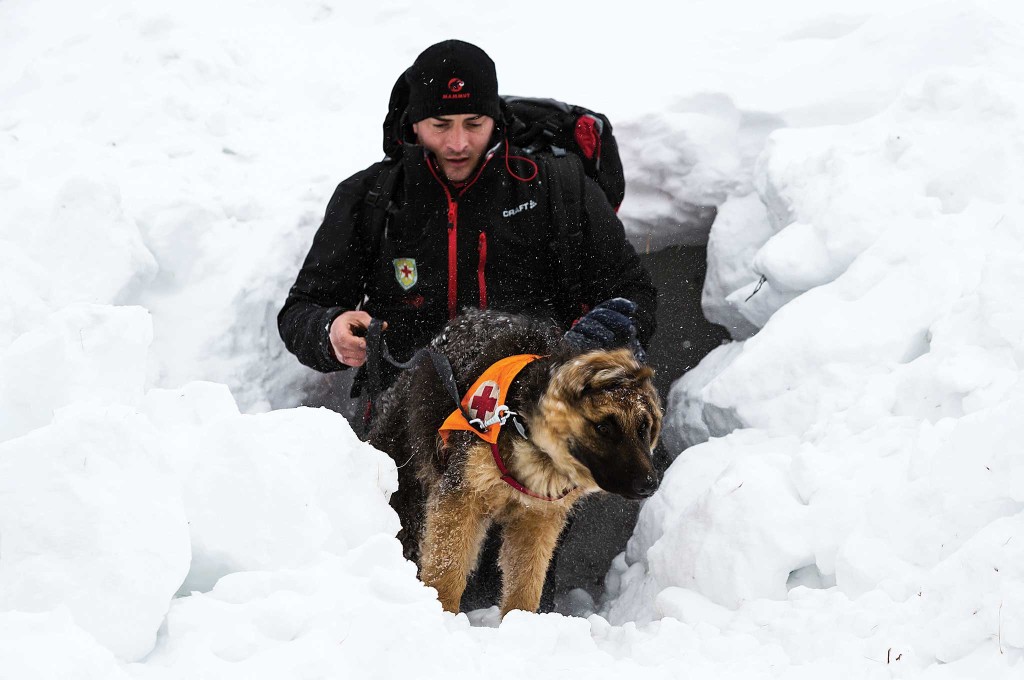
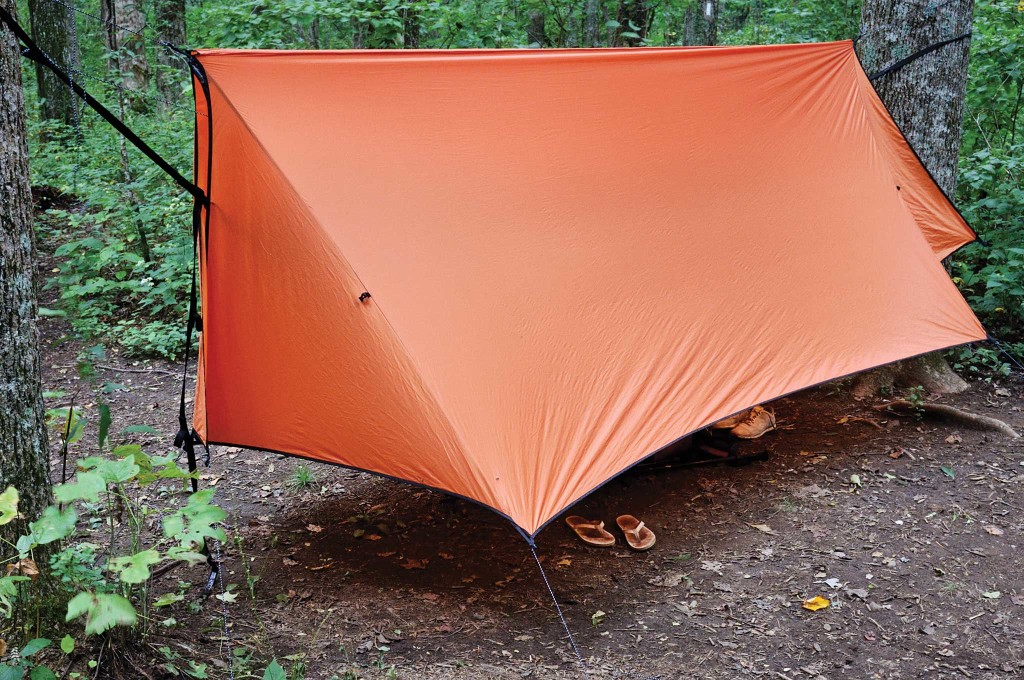
 Hank Janssen
Hank Janssen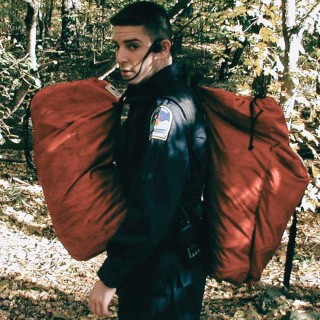 Joey Nickisher
Joey Nickisher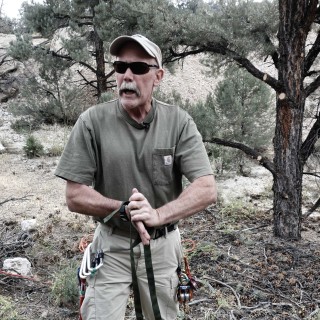 Gary Presson
Gary Presson
